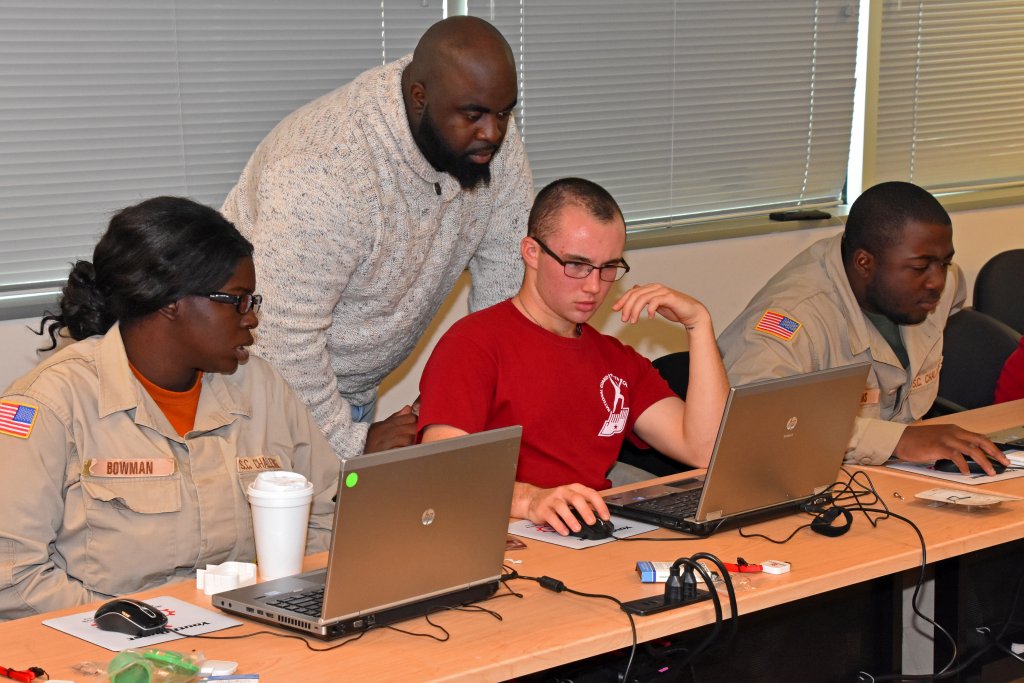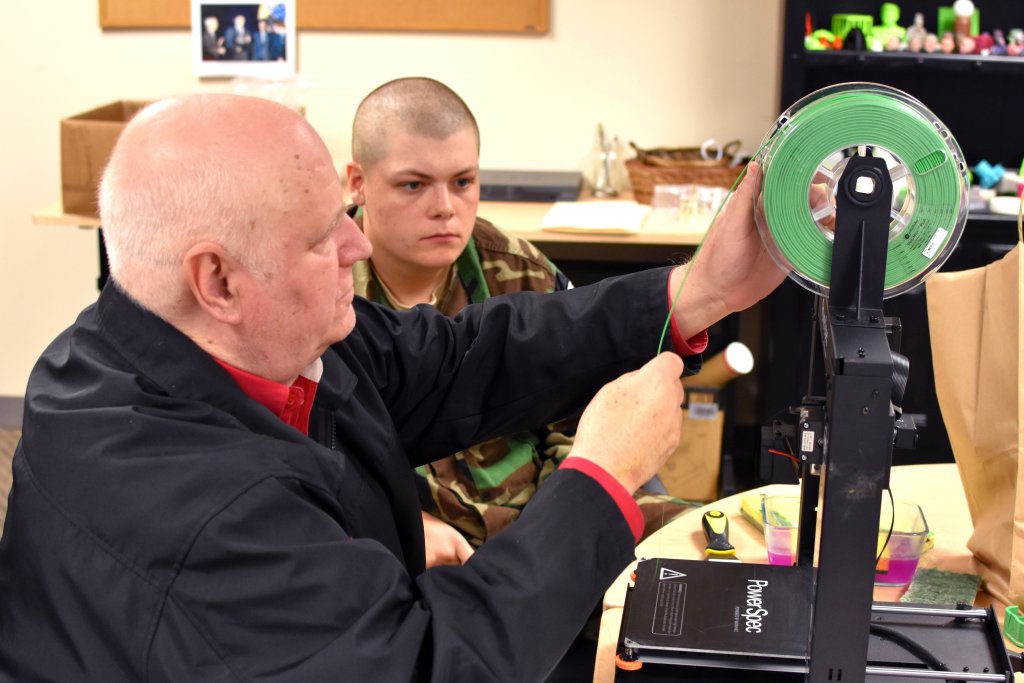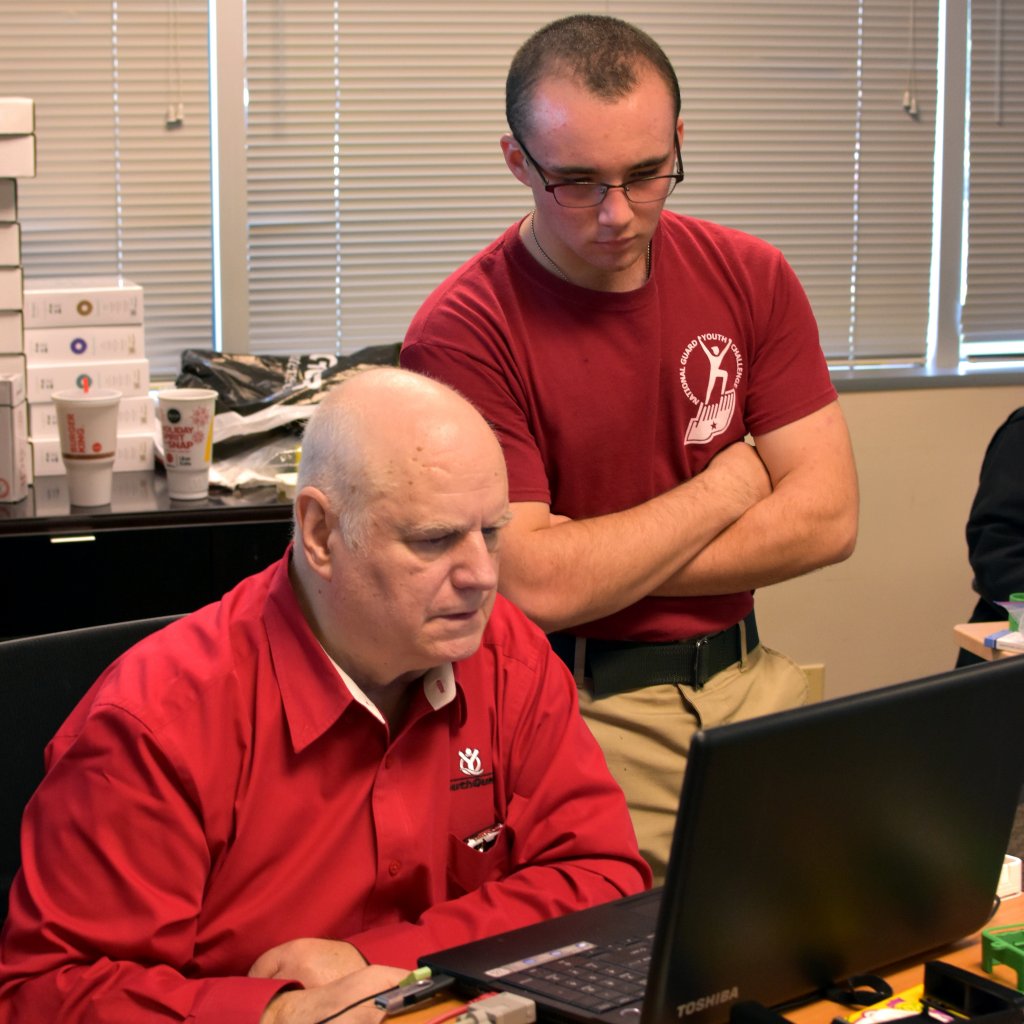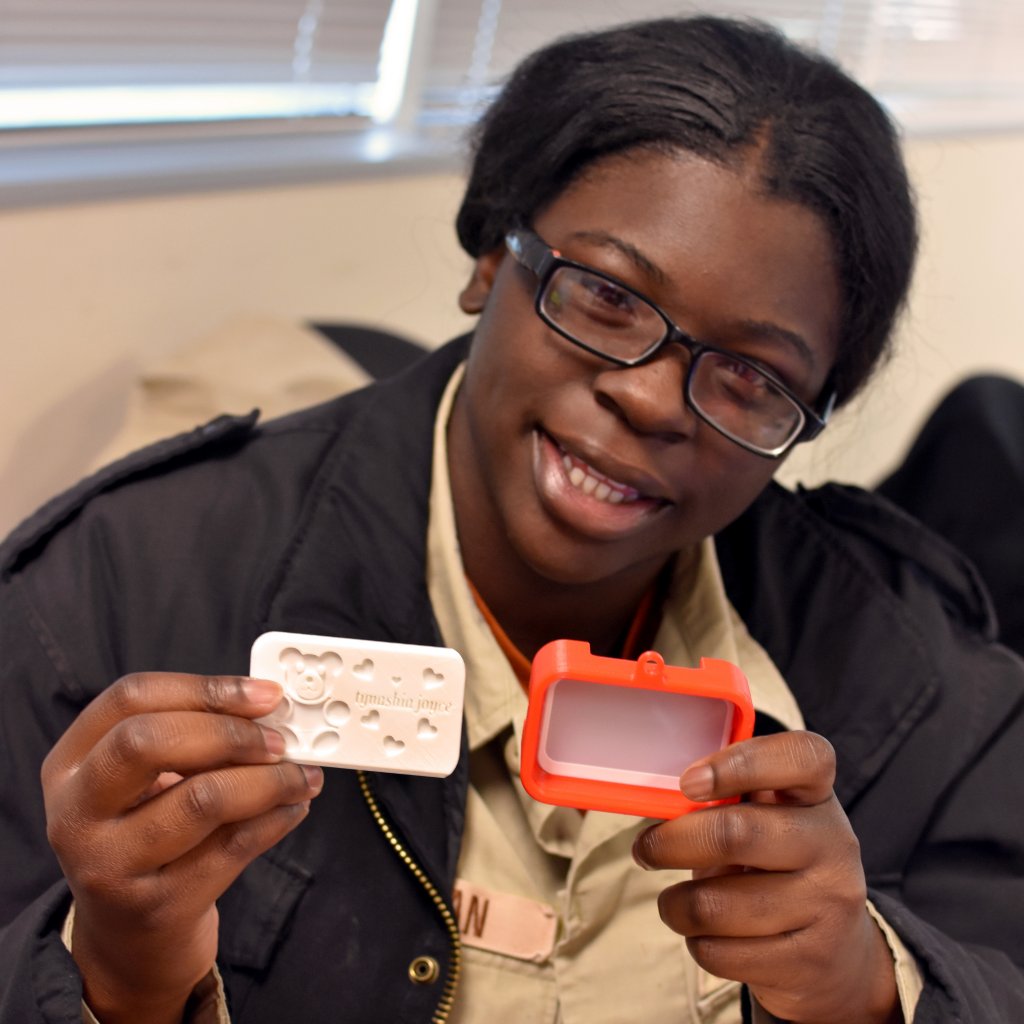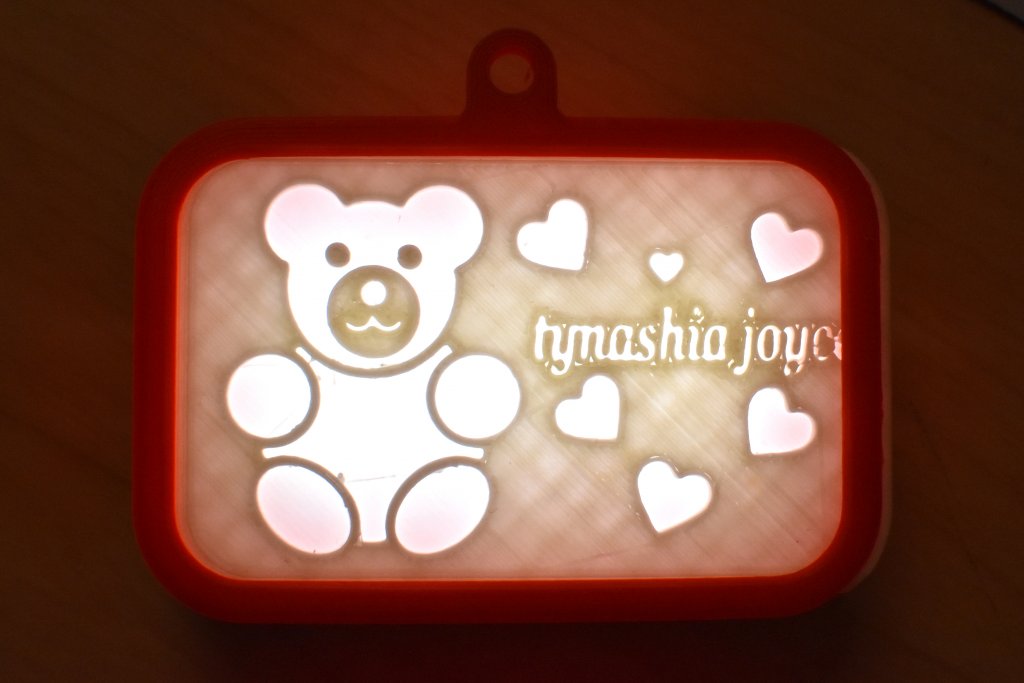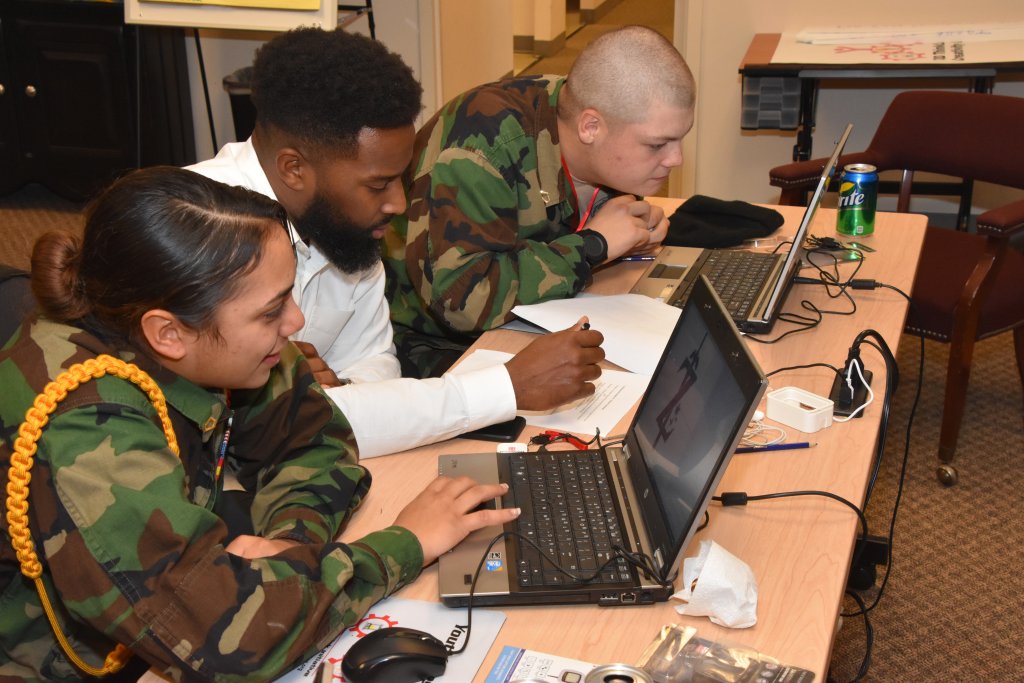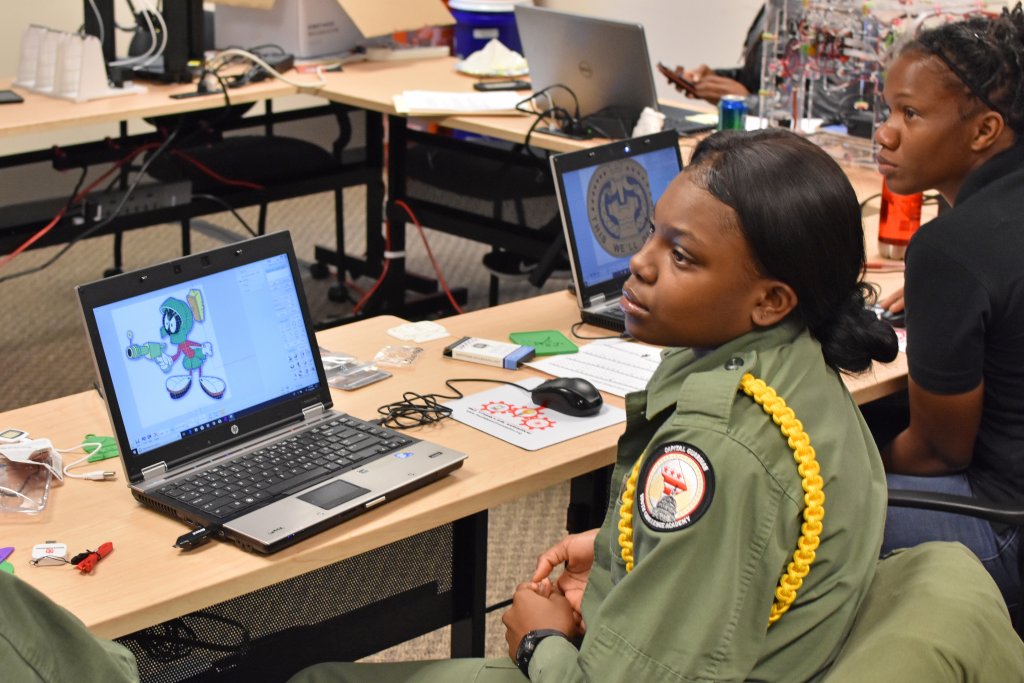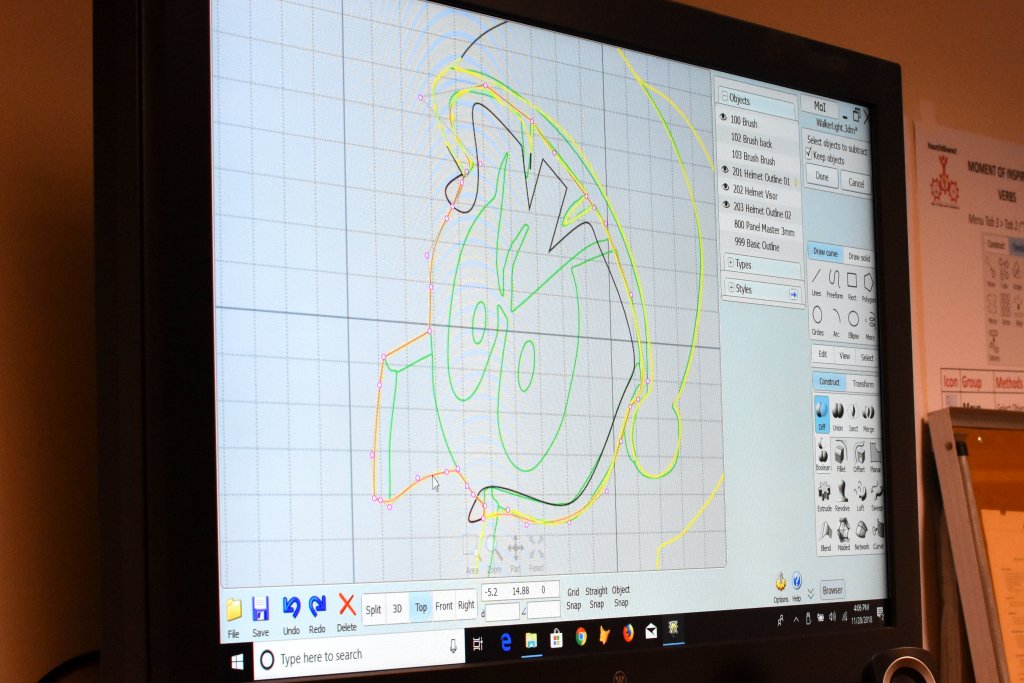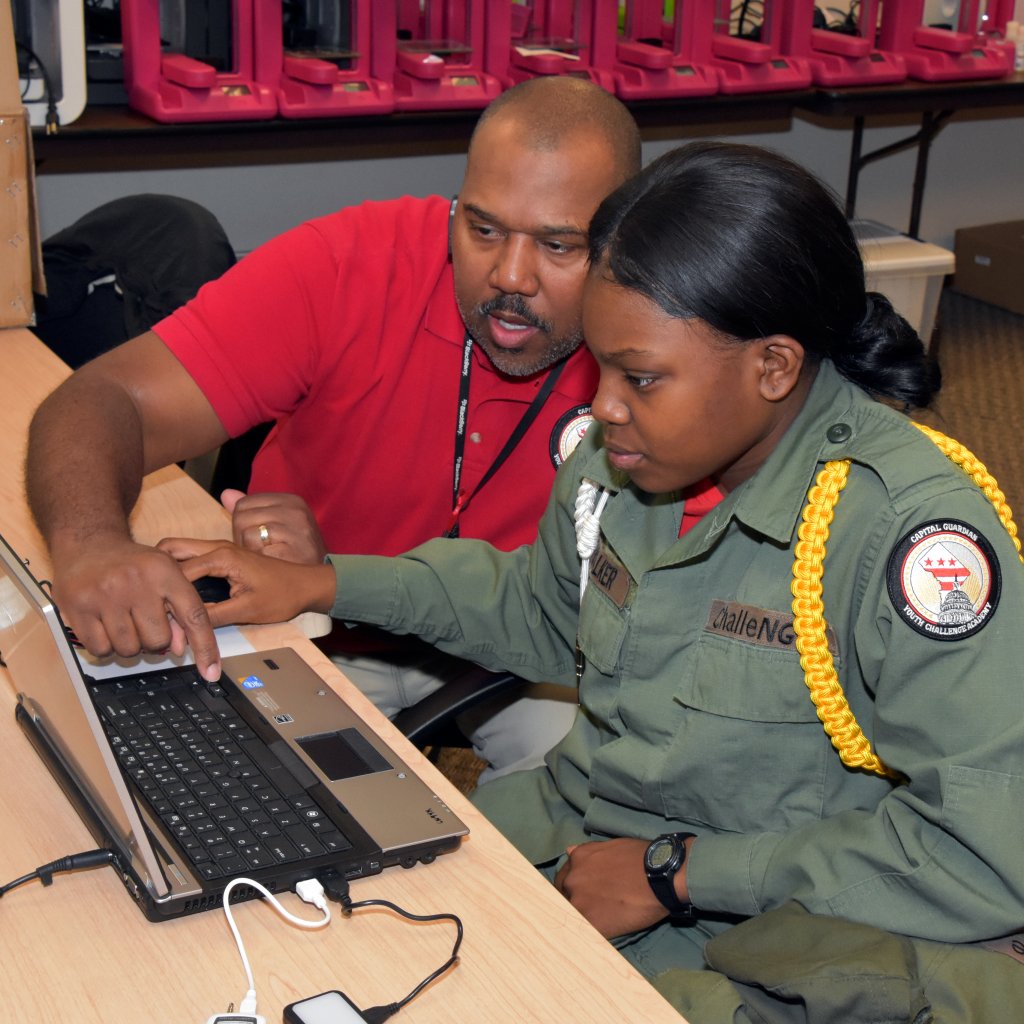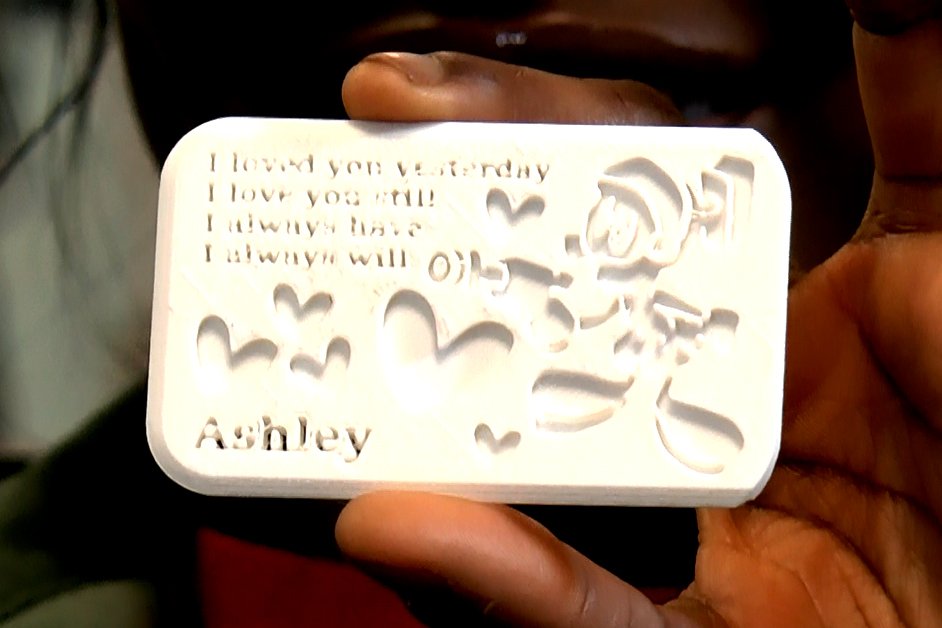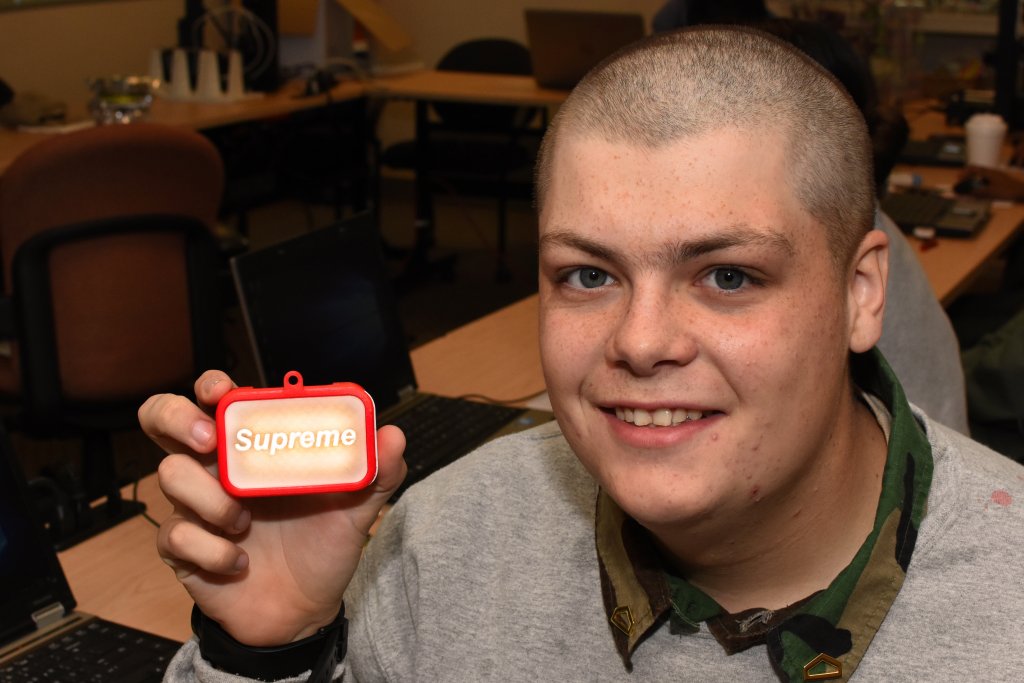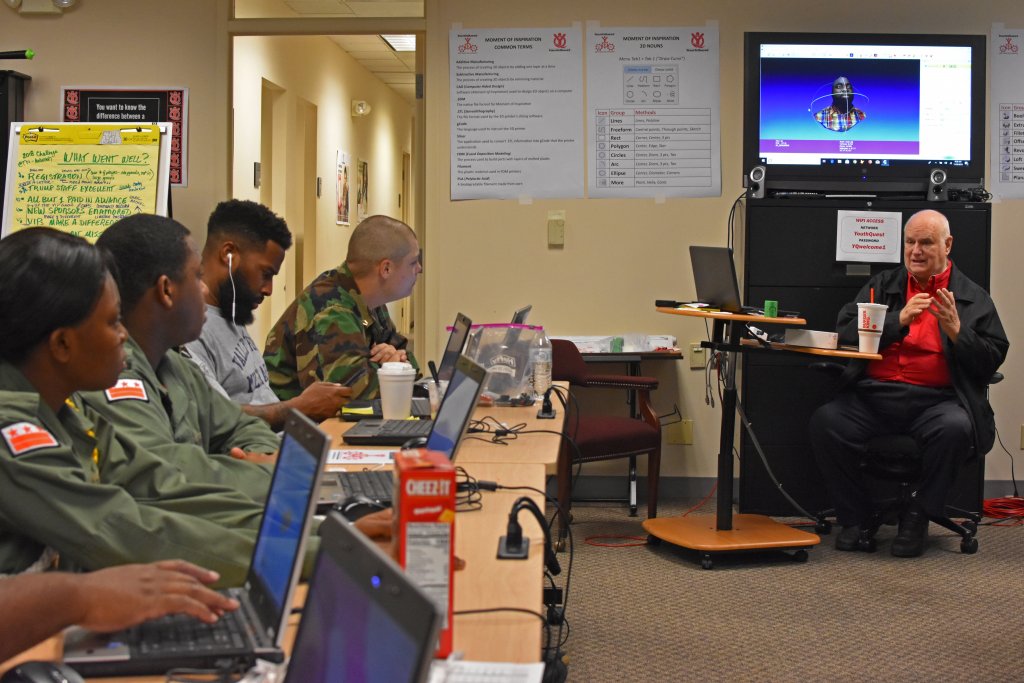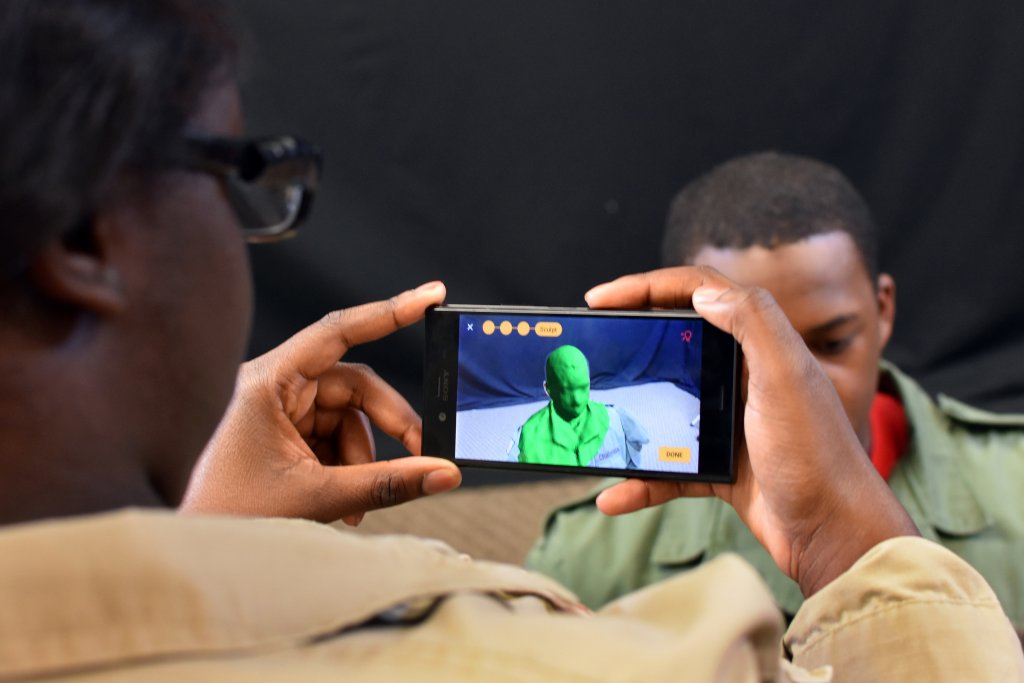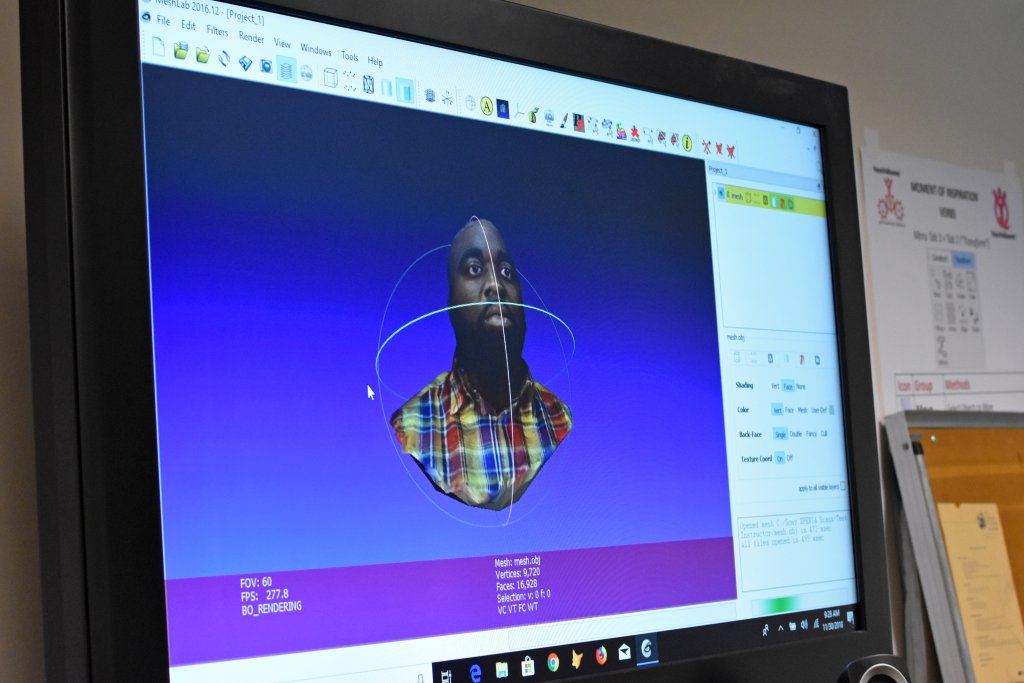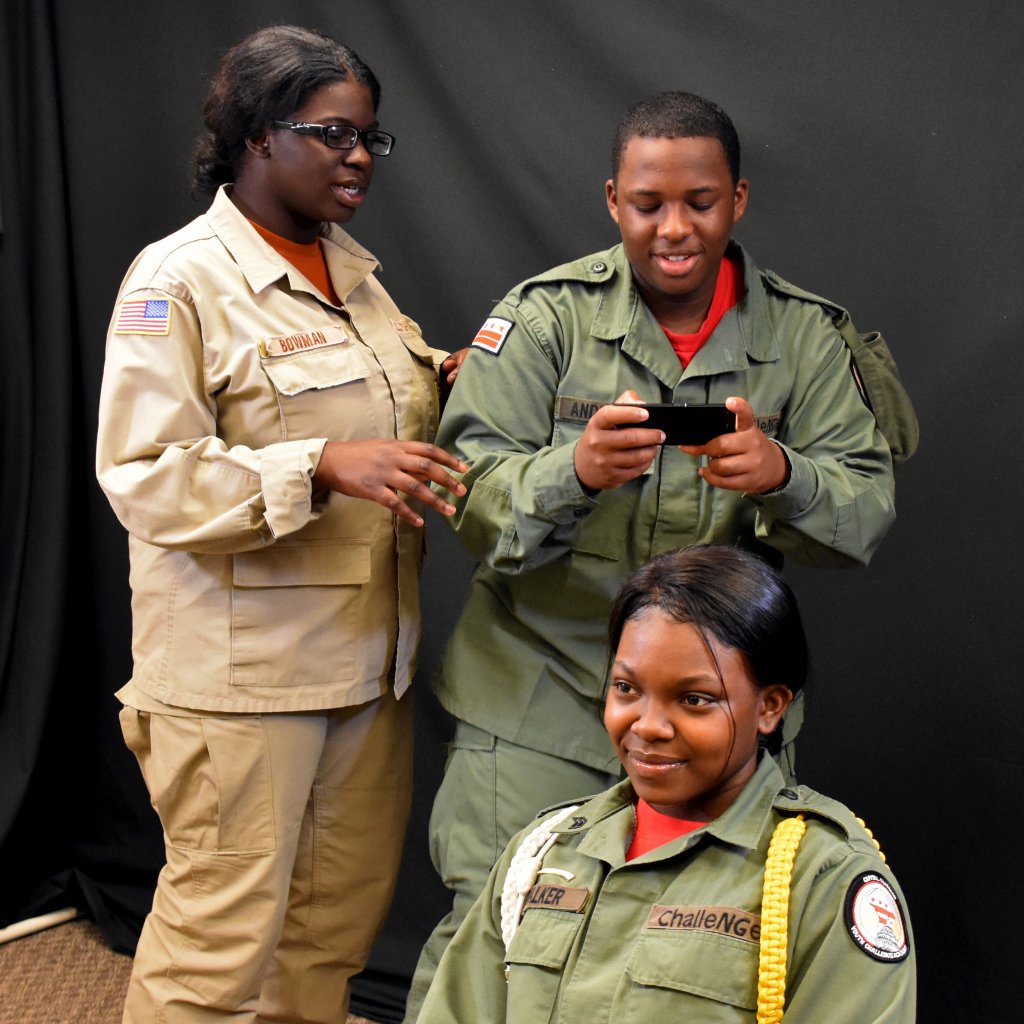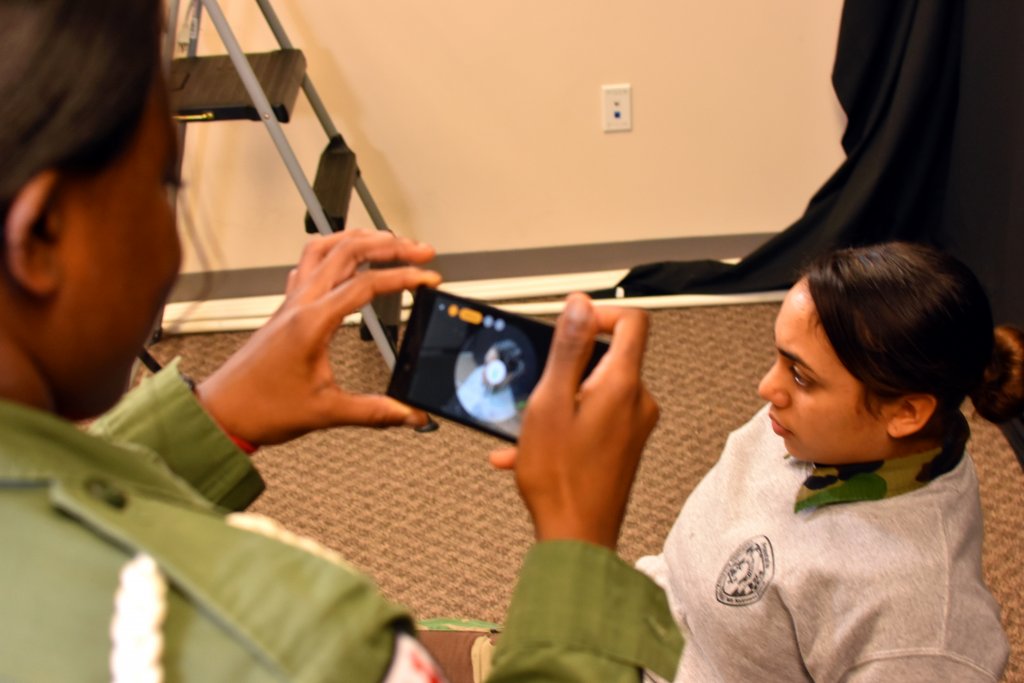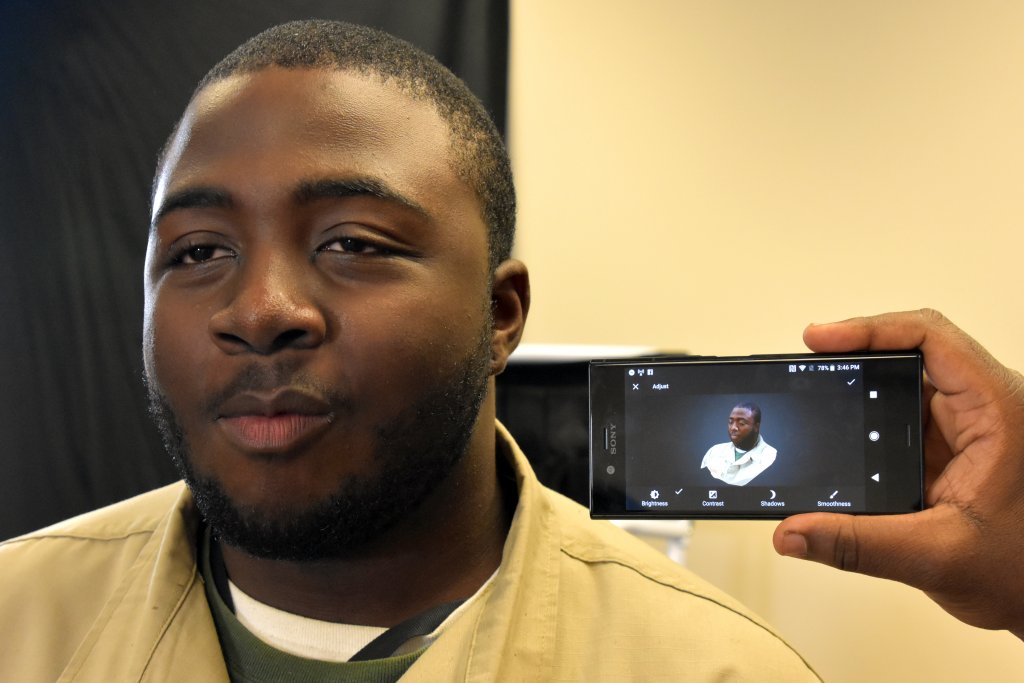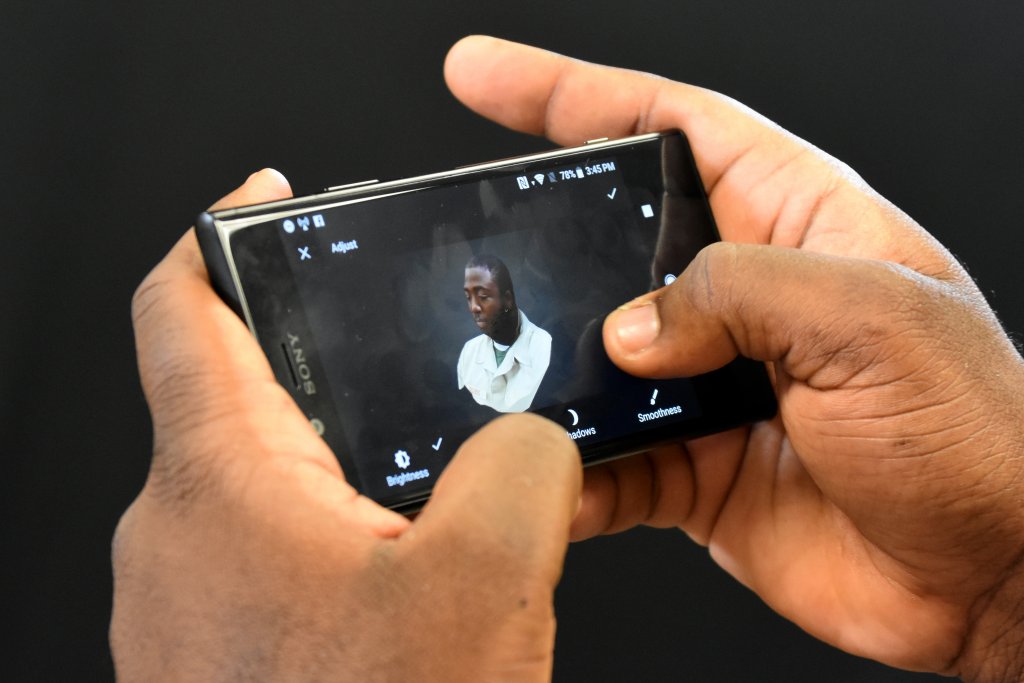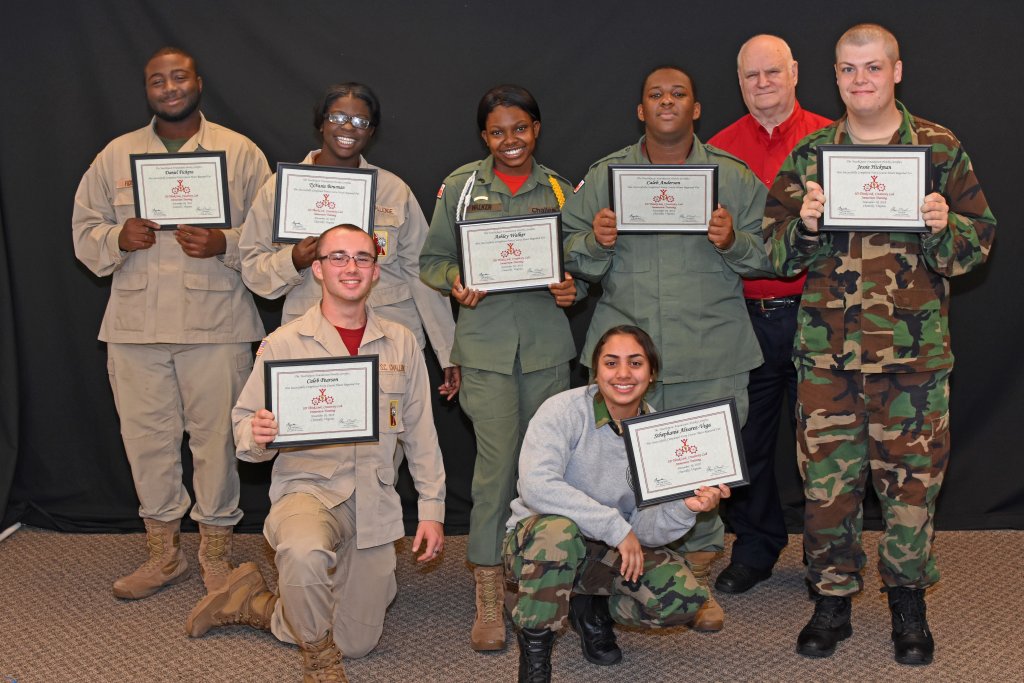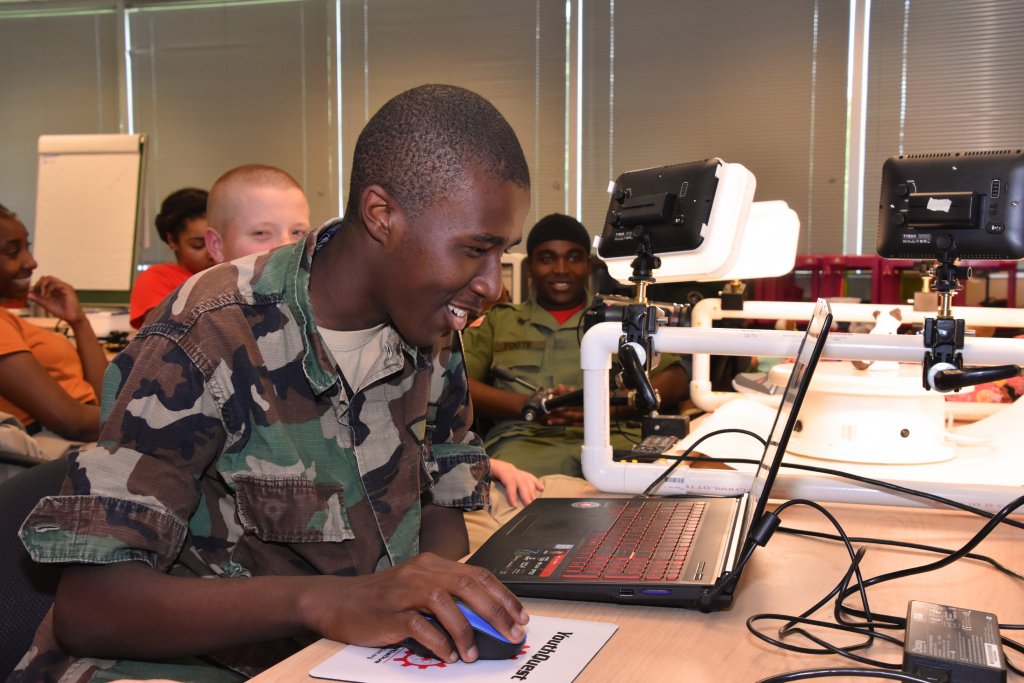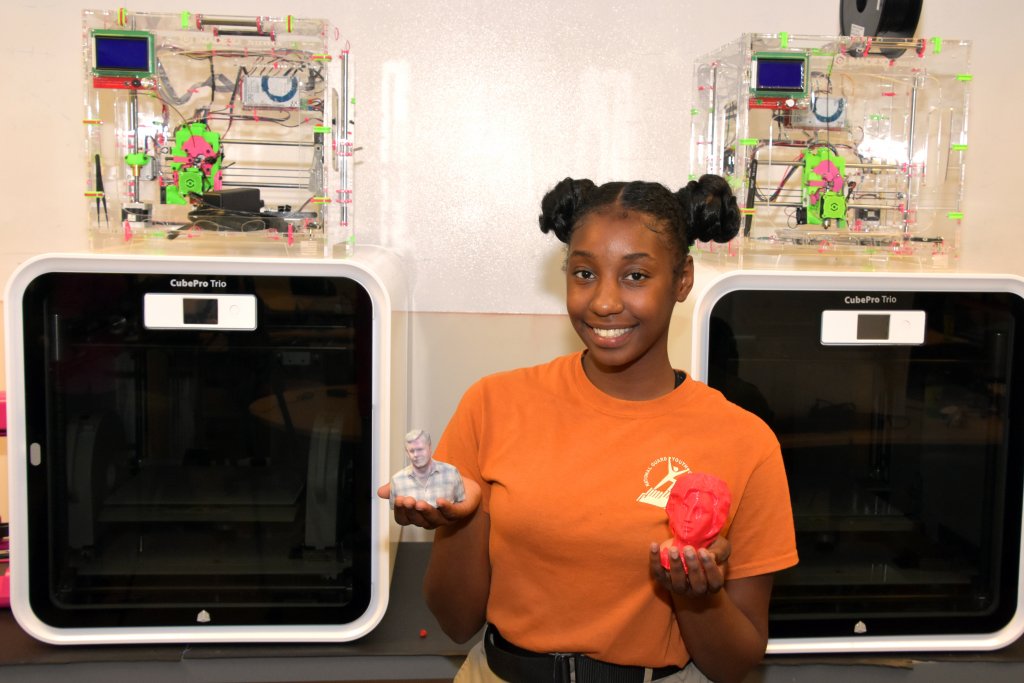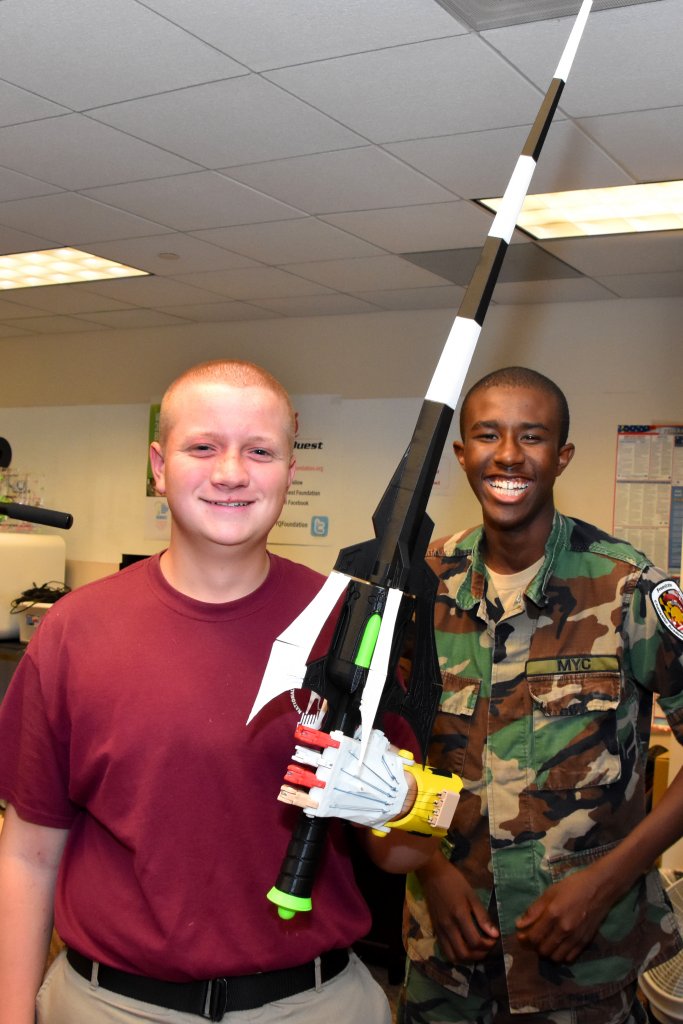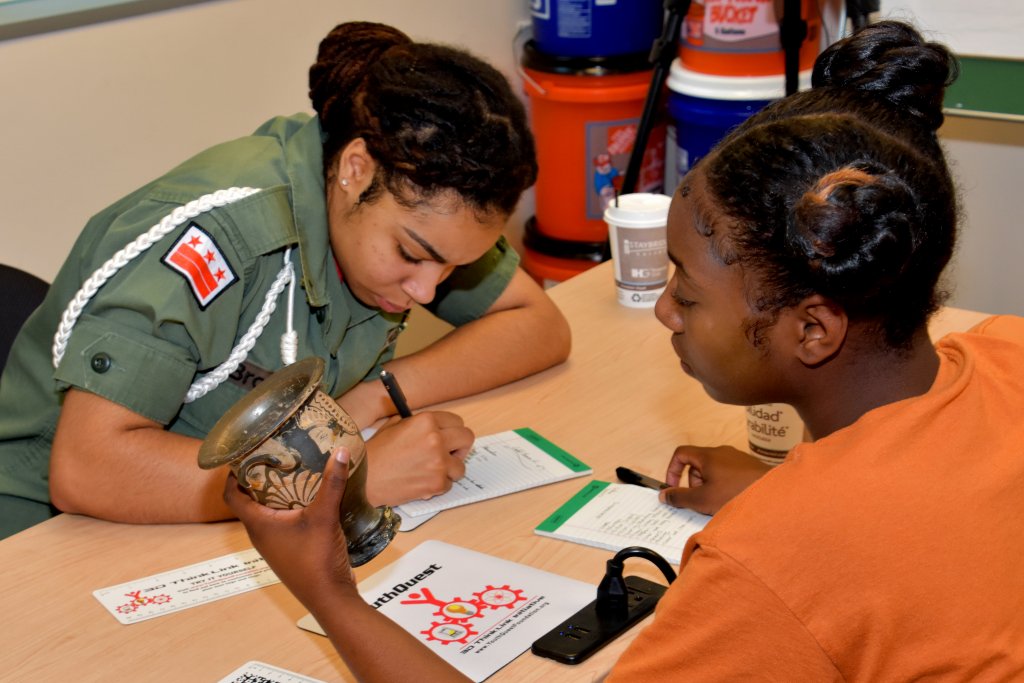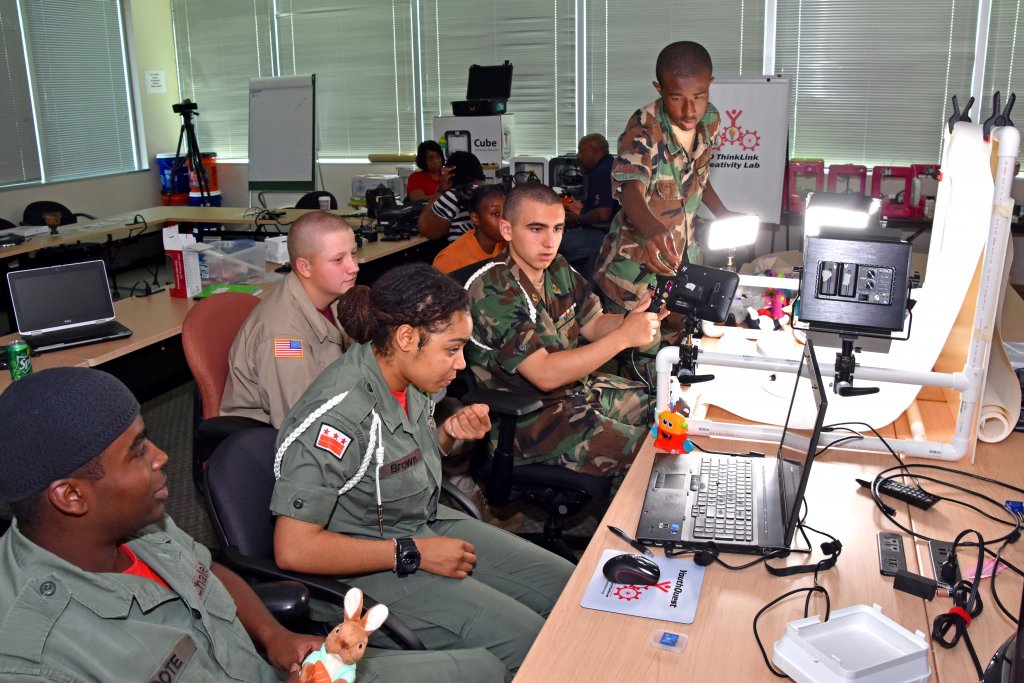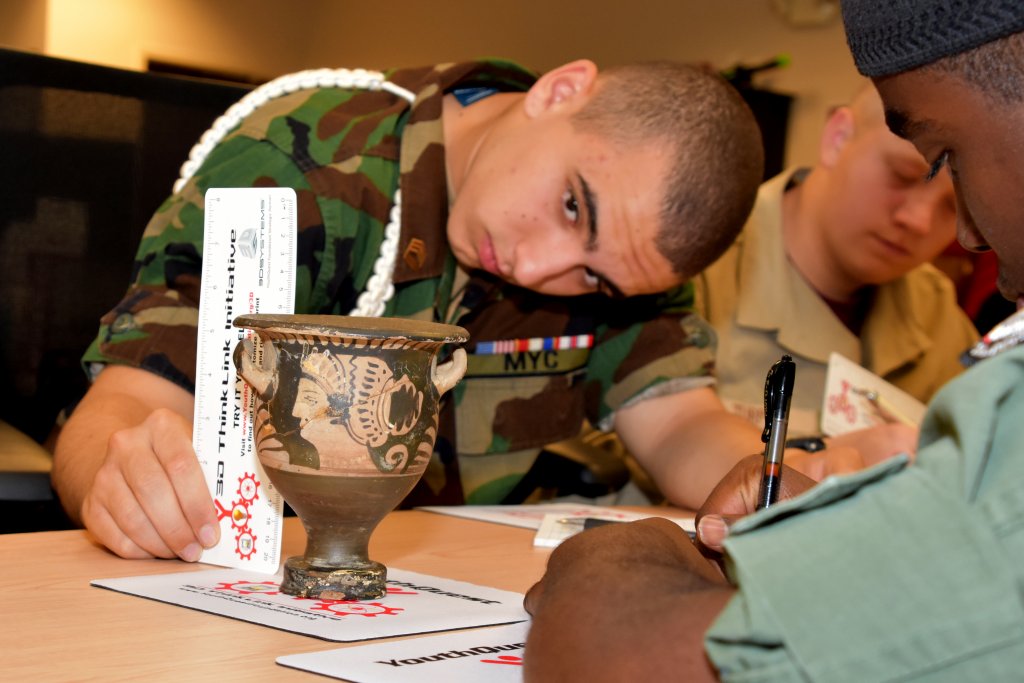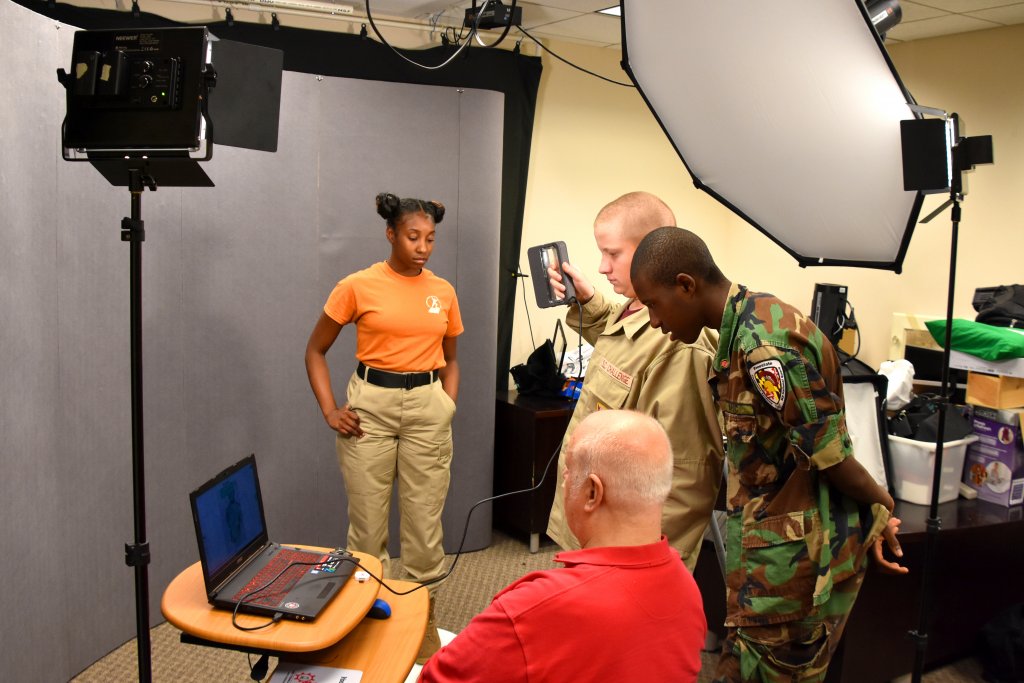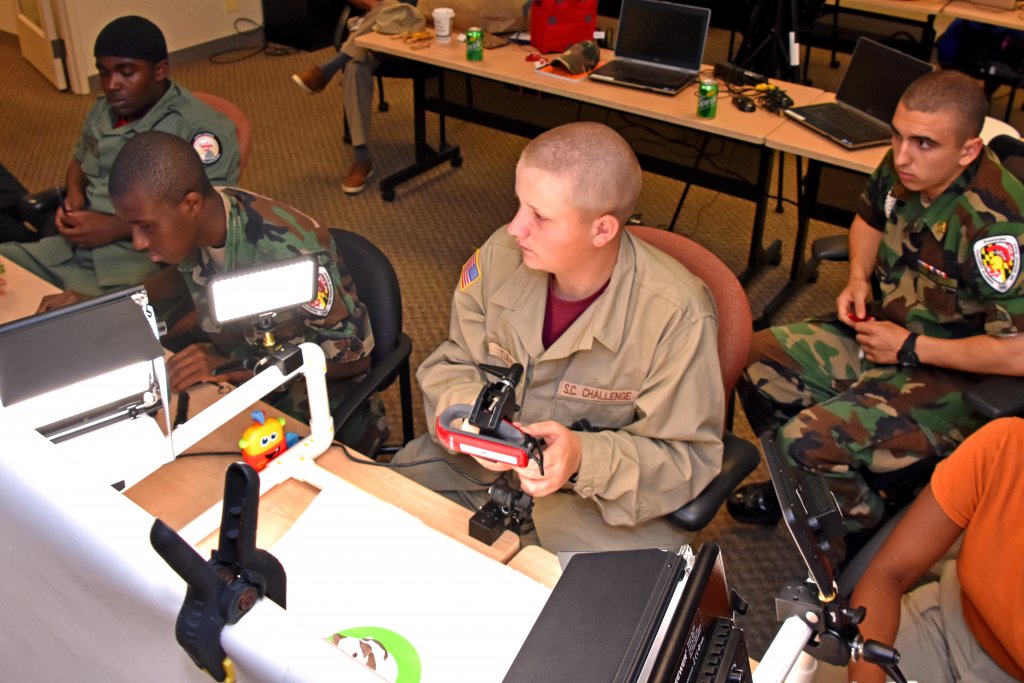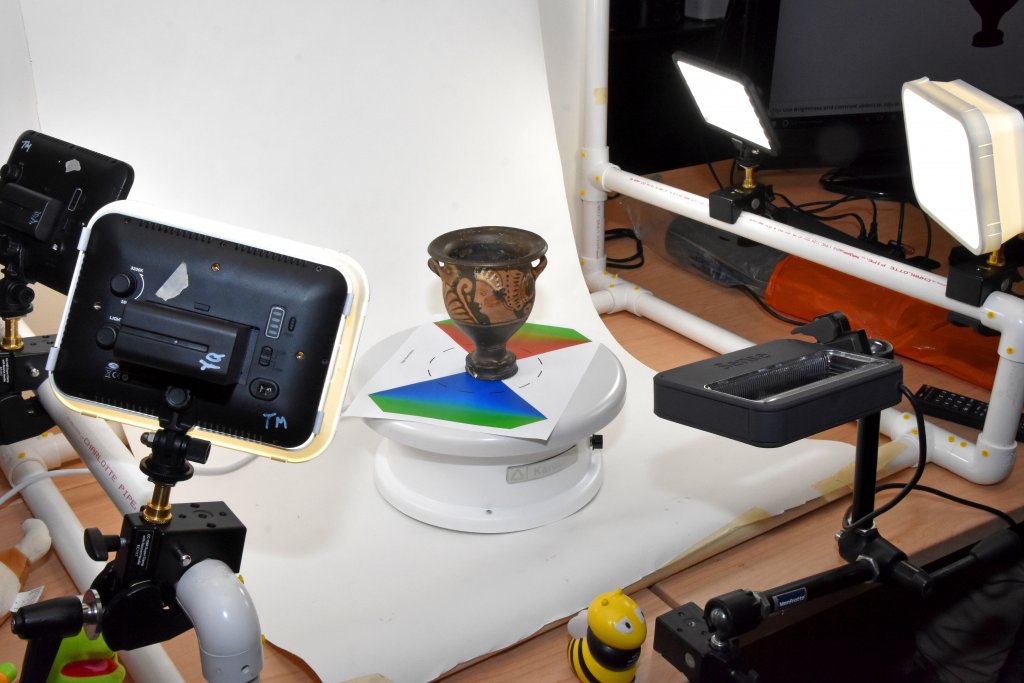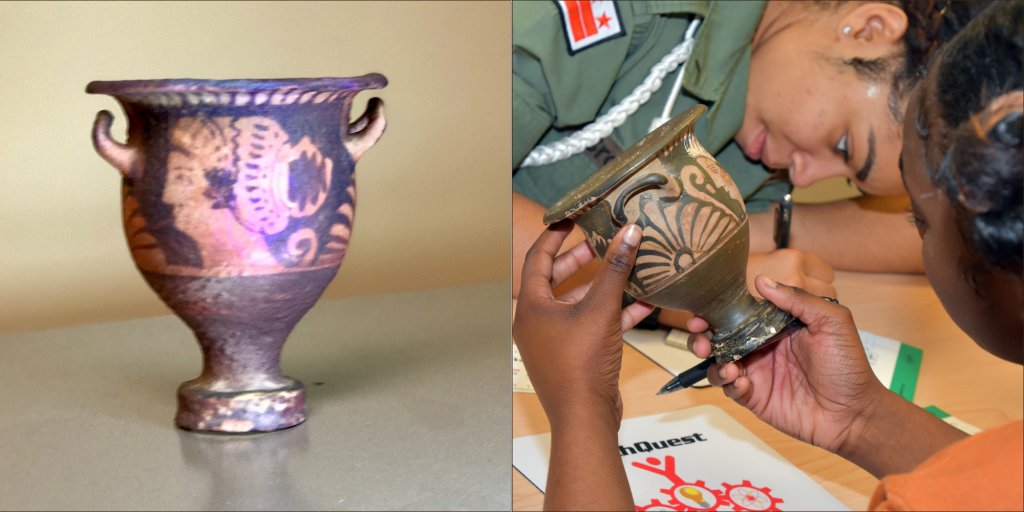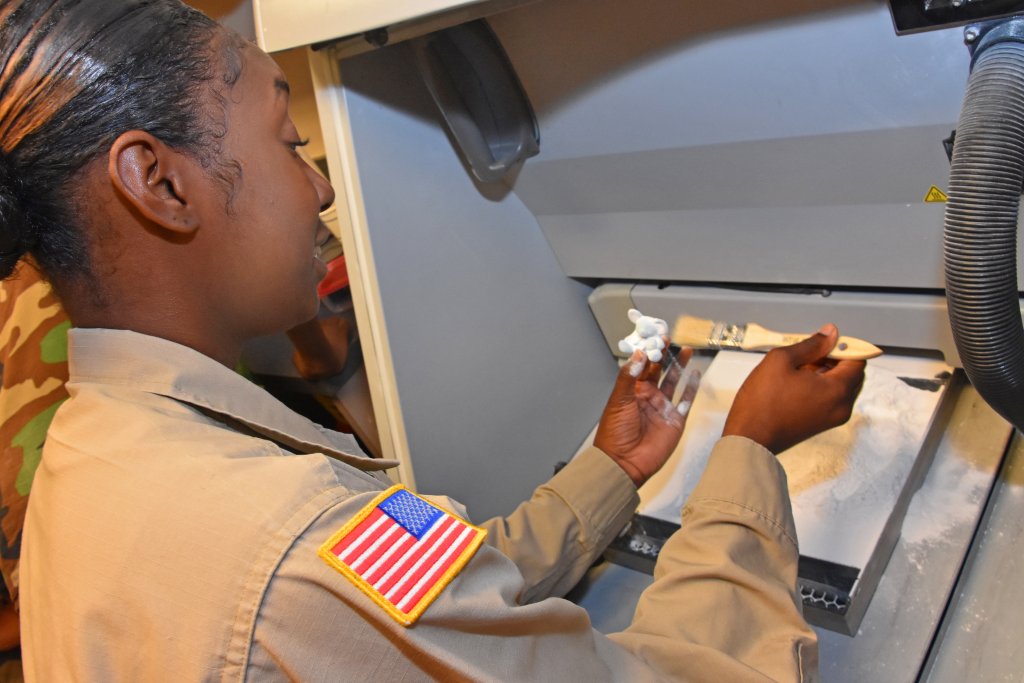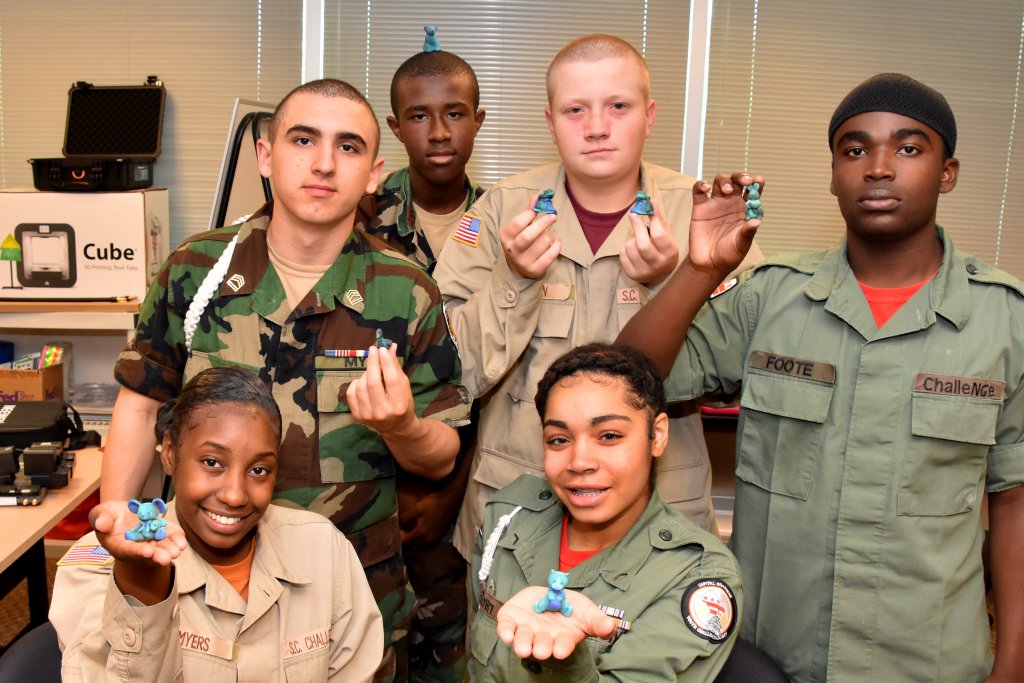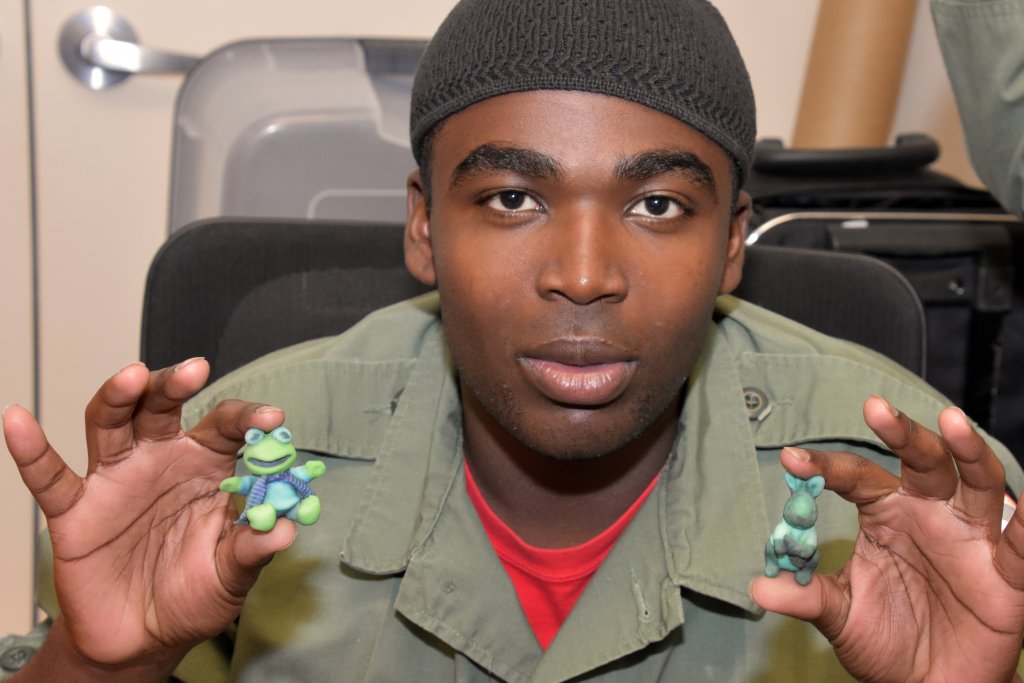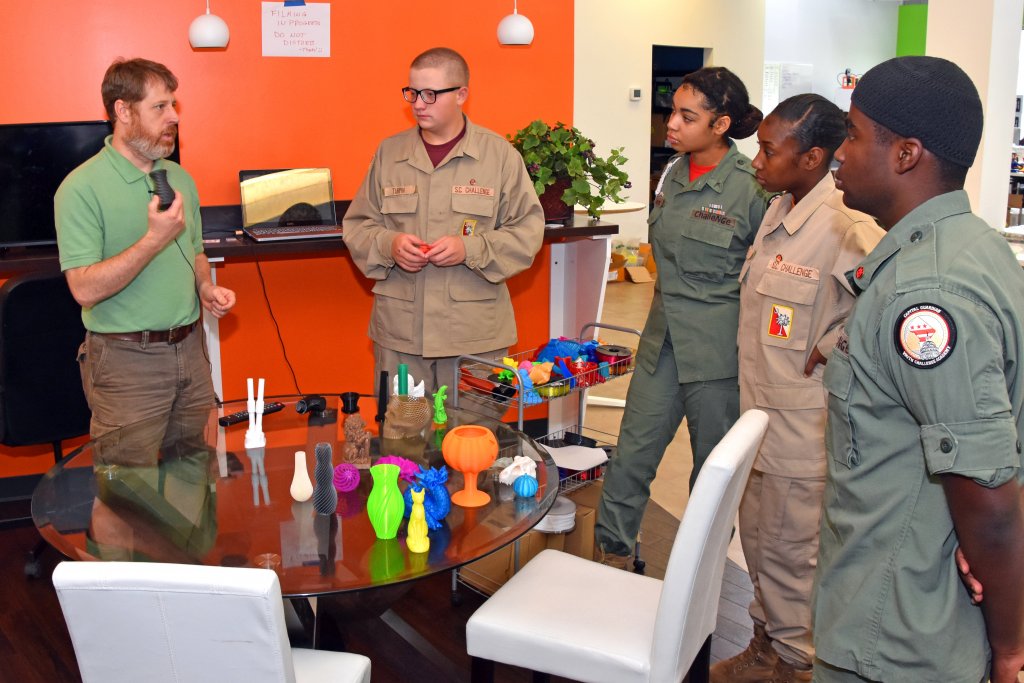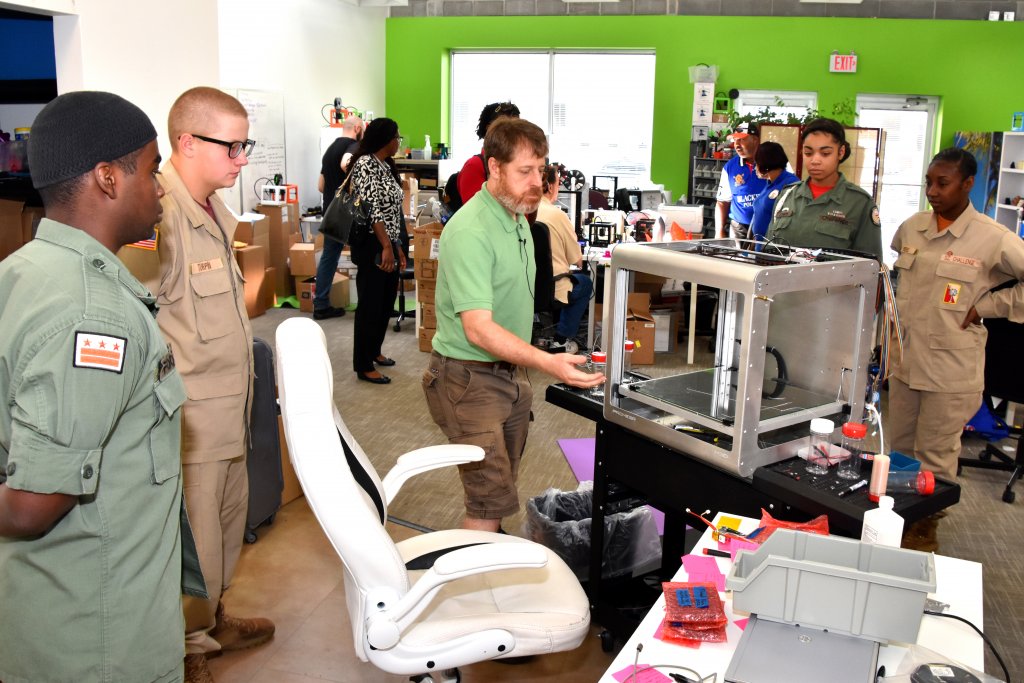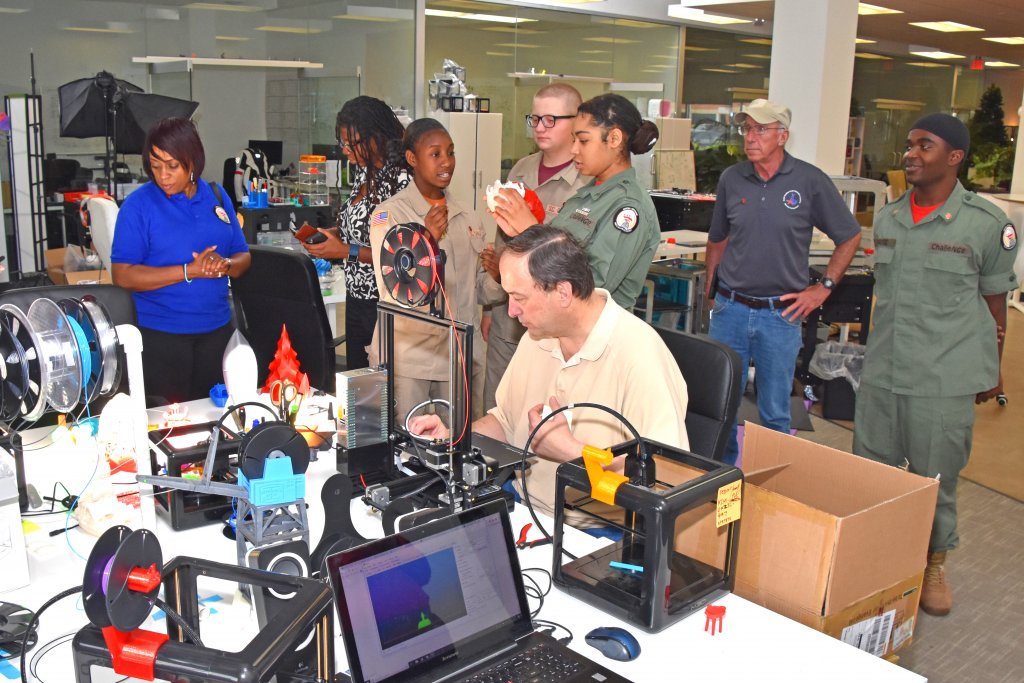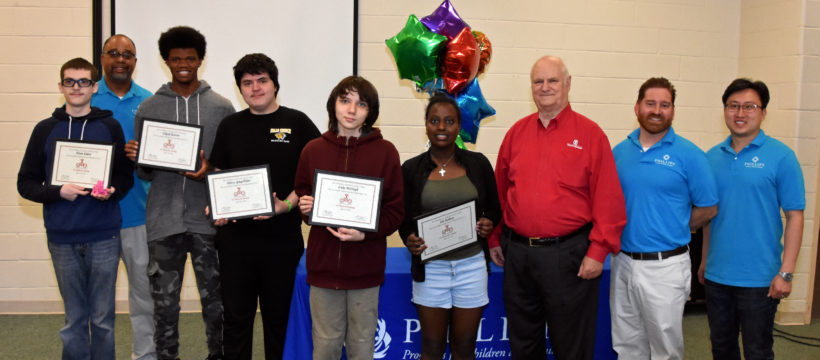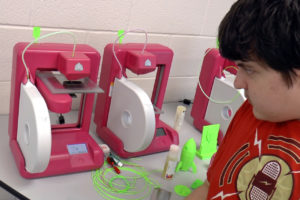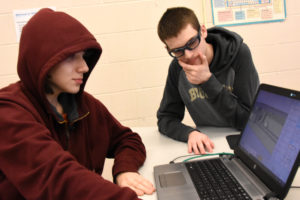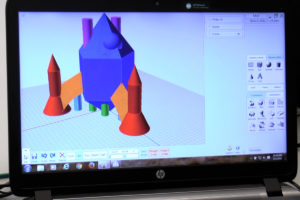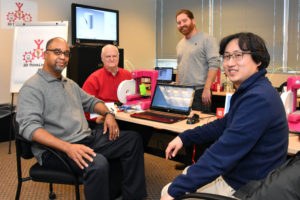The YouthQuest Foundation has brought together an unlikely team of young 3D innovators for a first-of-its-kind coast-to-coast collaboration.
Last year, John Zingale’s 7th and 8th graders at iTech Preparatory, a project-based-learning and STEM-focused magnet school in Vancouver, Washington created an interactive virtual museum with 3D images of artifacts they scanned at the Fort Vancouver National Historic Site. Now, three high school students on the autism spectrum from the PHILLIPS schools in Northern Virginia have used those scans to 3D-print full-color replicas of the artifacts and send them to the kids in Vancouver.
“When I read about Fort Vancouver Virtual Reality, I saw an opportunity to teach some of the PHILLIPS students we work with how to operate a professional-level 3D printer while, at the same time, adding a new level of learning for the iTech students,” said YouthQuest Director of Instruction Tom Meeks.
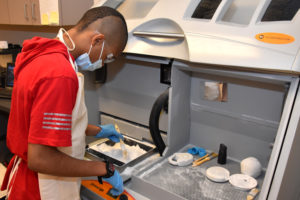
He contacted “Mr. Z” to discuss their mutual interest in using 3D visualization technology to bring history to life. The iTech students had accomplished a great deal by capturing images of the objects from the 1800s and sharing them on Sketchfab, a popular online platform for 3D content. What they lacked was a way to make realistic replicas of the artifacts.
YouthQuest not only had a powder/binder 3D printer capable of reproducing scanned objects in full color, it had experience in teaching students to complete such a project. Advanced 3D ThinkLink students from National Guard Youth ChalleNGe programs worked in the foundation’s lab last year to scan a 2,300-year-old Apulian vase and 3D-print copies that can be handled and studied without fear of damaging the original artifact.
Meeks and Zingale agreed on a plan, and a cross-country partnership was born.
Project-Based Job Skills Training
Since 2013, YouthQuest’s 3D ThinkLink Initiative has been using 3D printing as a vehicle to teach important life skills that at-risk youth lack, such as critical thinking, problem solving, persistence and confidence. Originally designed for high school dropouts seeking a second chance at Youth ChalleNGe academies serving Maryland, South Carolina and the District of Columbia, the project expanded in recent years to include teens with neurodiversity at schools operated by the PHILLIPS Programs for Children and Families in Annandale and Fairfax, Virginia.
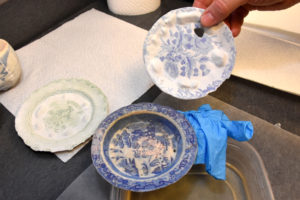
Common characteristics of people on the autism spectrum — attention to detail, deep focus, visual learning, tenacity, pattern recognition, outside-the-box thinking — help them excel at 3D design and printing. The students were highly engaged throughout the project. Turning the virtual artifacts from Fort Vancouver into tangible replicas demonstrated that operating and working in a 3D printing business is a viable career pathway for those on the autism spectrum.
Job training is a priority for PHILLIPS and YouthQuest because young adults with neurodiversity face more barriers to employment after high school than those with other kinds of learning disorders. Despite having the skills and desire to work, nearly half of 25-year-olds on the autism spectrum have never been employed, according to Autism Speaks.
PHILLIPS assigned three students from its 3D classes to the iTech project. John and Ladrious came from the Fairfax campus. Representing the Annandale campus was Henry, who completed a week of advanced training in YouthQuest’s lab in 2016 and is about to graduate from PHILLIPS.
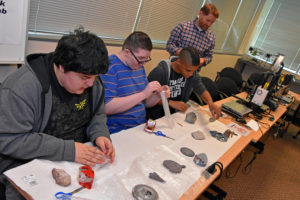
Over the course of three days in the lab, the team mastered every step of the process: taking in the 3D image files; preparing them in the printing software; setting up and operating the powder printer; post-processing the printed objects; and packaging them for shipping to Vancouver.
Everyone took turns so each student got to do every task. Although Henry had not met John and Ladrious before, they all worked together well as they figured out strategies to accomplish their goals.
For young adults on the autism spectrum, developing communication and social skills is often more difficult than gaining technical skills. PHILLIPS Career Partners Program Director Lindsay Harris said she was amazed to see how easily the students were interacting when she visited the lab.
New Dimensions of Learning
Fort Vancouver Virtual Reality has already earned lots of attention for the iTech students and a Governor’s Award for their teacher. Zingale said adding YouthQuest and the PHILLIPS students to the mix is bringing a new dimension to the project that he “never even dreamed possible when we started.”
Zingale’s students began by creating an interactive virtual tour of Fort Vancouver in 2016, then started looking into ways of adding augmented reality to the experience. That led to experiments with various kinds of 3D scanning equipment and methods to capture images for the virtual museum.
YouthQuest has gone through the same process with scanning projects for its advanced 3D ThinkLink students. Both groups got the best results with photogrammetry, a process of taking pictures of an object from multiple angles and using software to combine the images into a 3D model. YouthQuest uses 3DF Zephyr while iTech tried several different types before deciding to go with Qlone photogrammetry software.
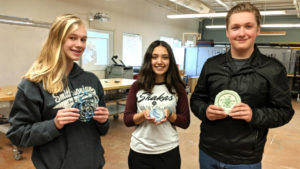
Making 3D prints of the scanned Fort Vancouver artifacts revealed some details that weren’t apparent from seeing them in only two dimensions on a computer screen. For example, the PHILLIPS team found that light reflected off white areas of certain plates showed up as natural-looking glare in the photos, but the 3D software interpreted the spots as objects. They showed up as large, white lumps on the printed plates.
Zingale told YouthQuest his students think it’s “extremely cool that others appreciated their work” and they want to continue improving their photogrammetry techniques with the knowledge they’re gaining from the new partnership with YouthQuest and PHILLIPS.
“From creating an interactive VR tour, to scanning artifacts and creating an online museum, to creating and designing mobile apps, to now holding color 3D printed replicas this is a journey like no other,” he wrote on Facebook. “I can’t wait to see where we go with this project this next year!”
PHILLIPS student John had a message for Mr. Z’s students in Vancouver: “If it hadn’t been for you guys, we wouldn’t have this opportunity. And for that, I am very grateful.”
____________________________________________
You can support our work by:
Making a donation to YouthQuest through our secure PayPal link
Choosing YouthQuest as your designated charity on AmazonSmile
Registering on Bidding for Good so you can take part in our online auctions, sign up for our golf tournament, and support other upcoming fundraisers
____________________________________________
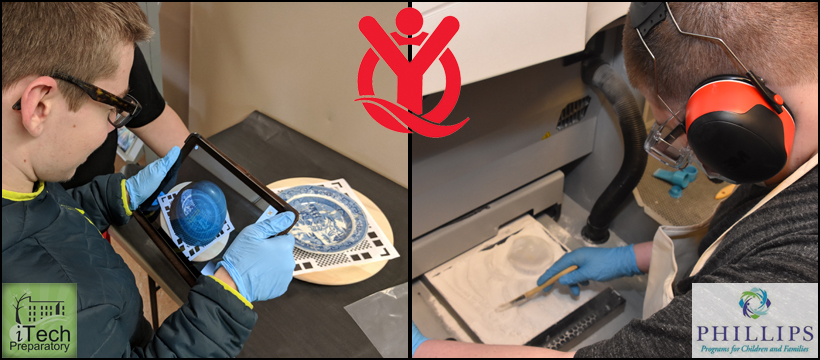
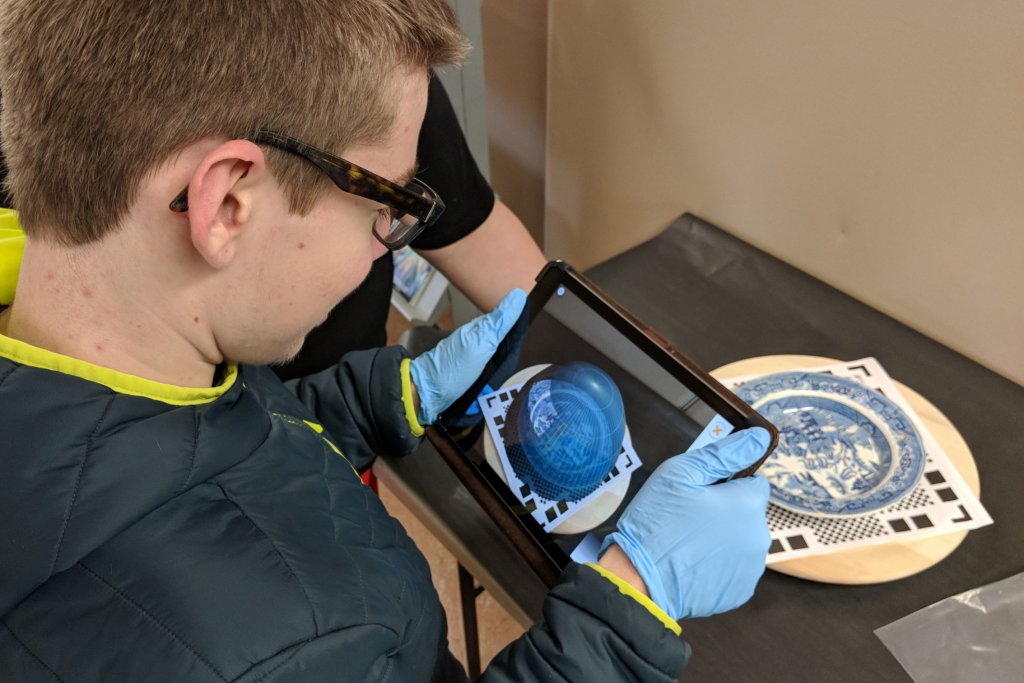
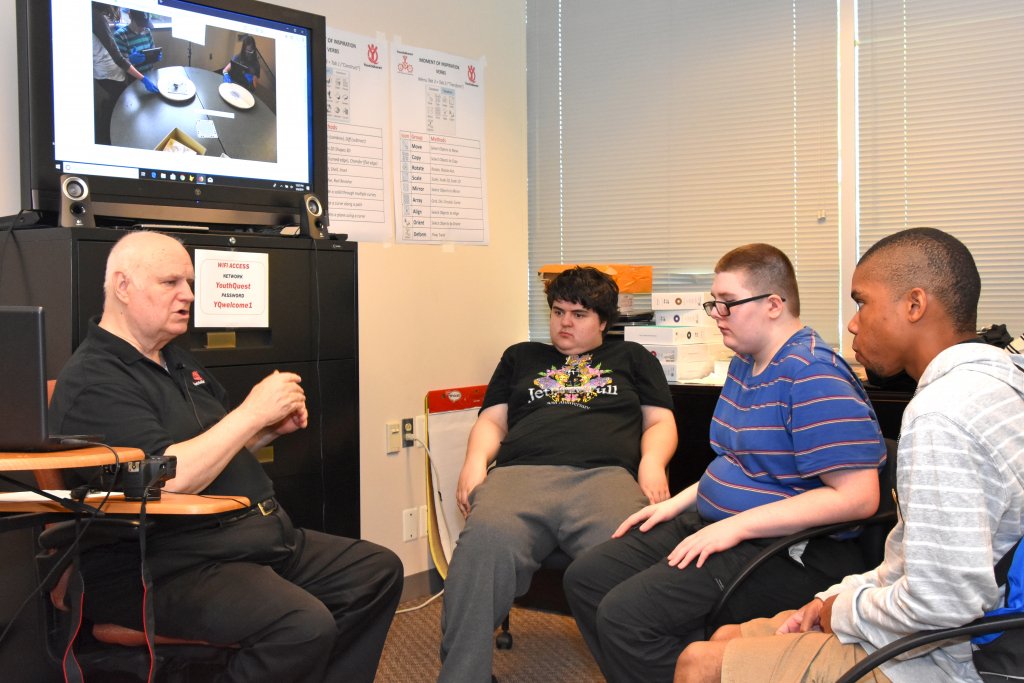
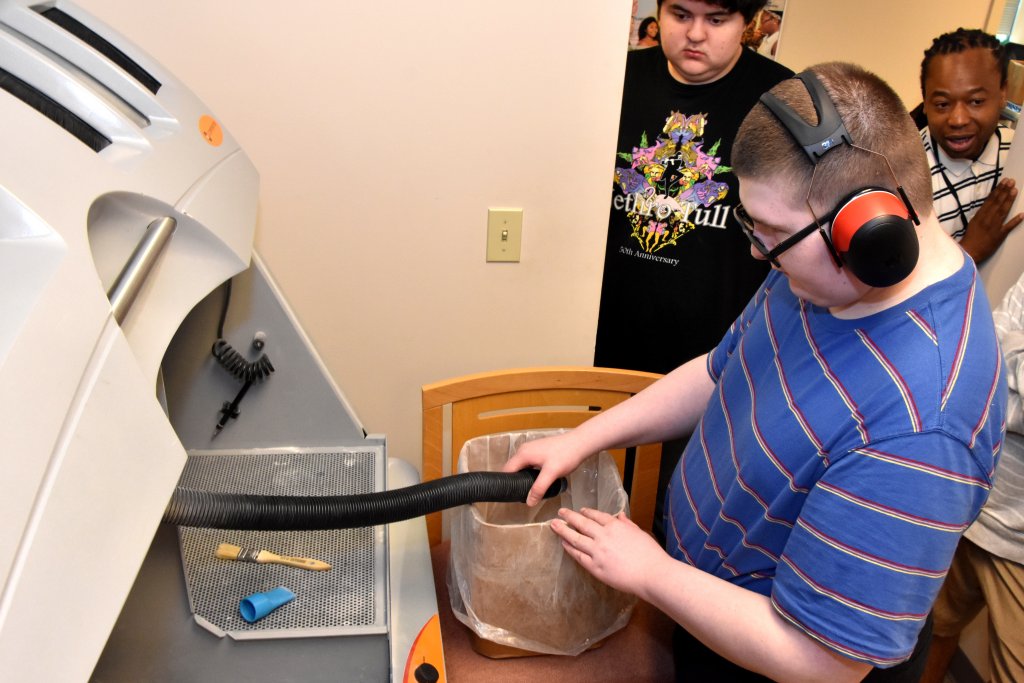
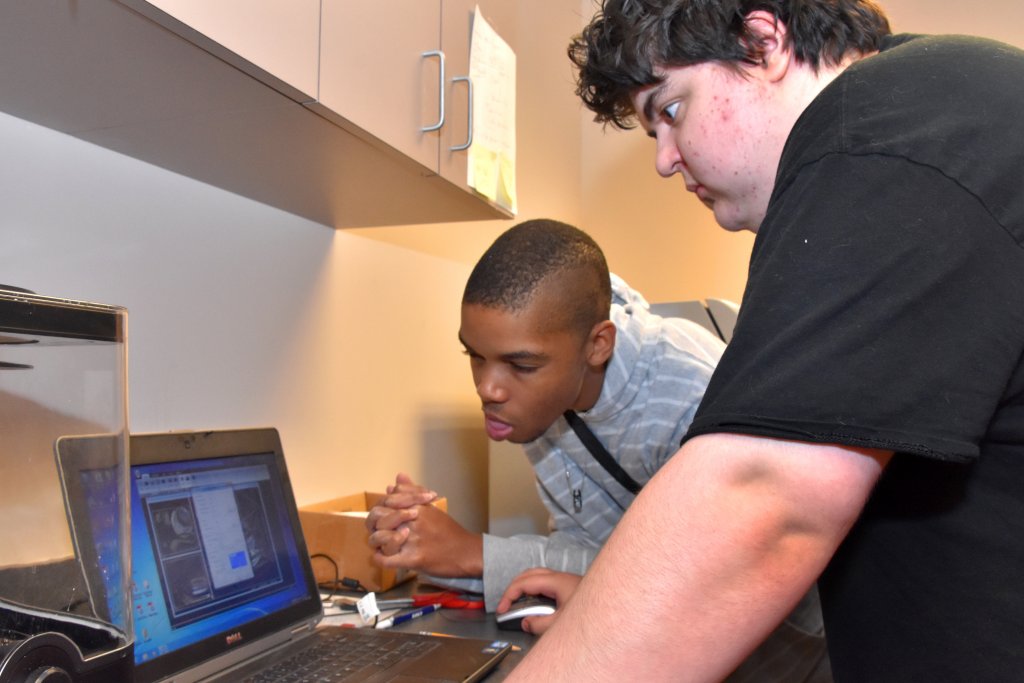
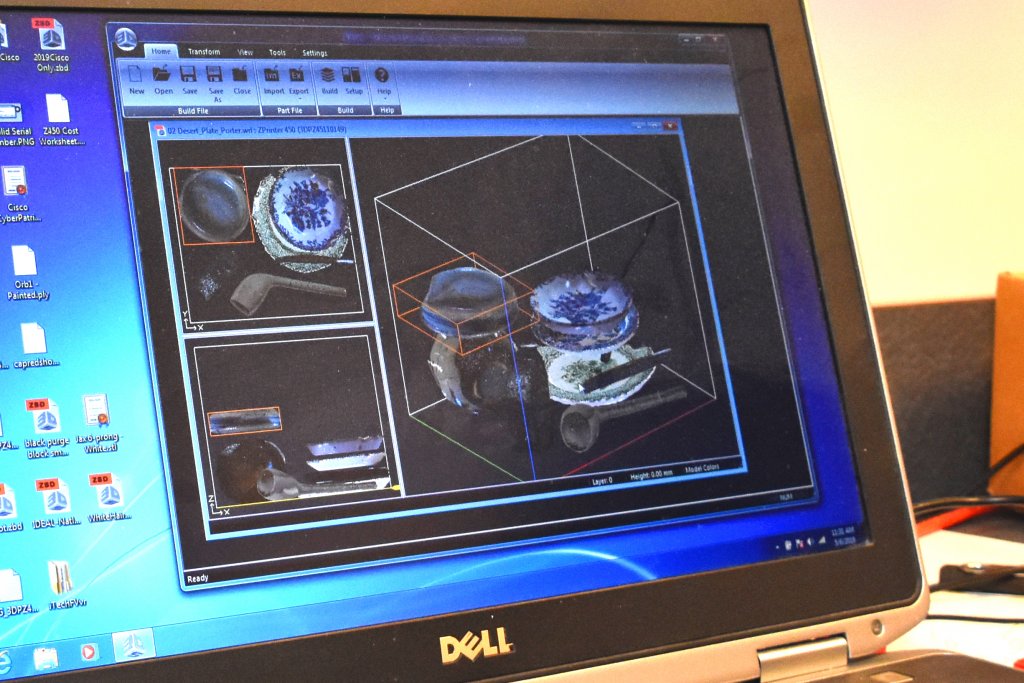
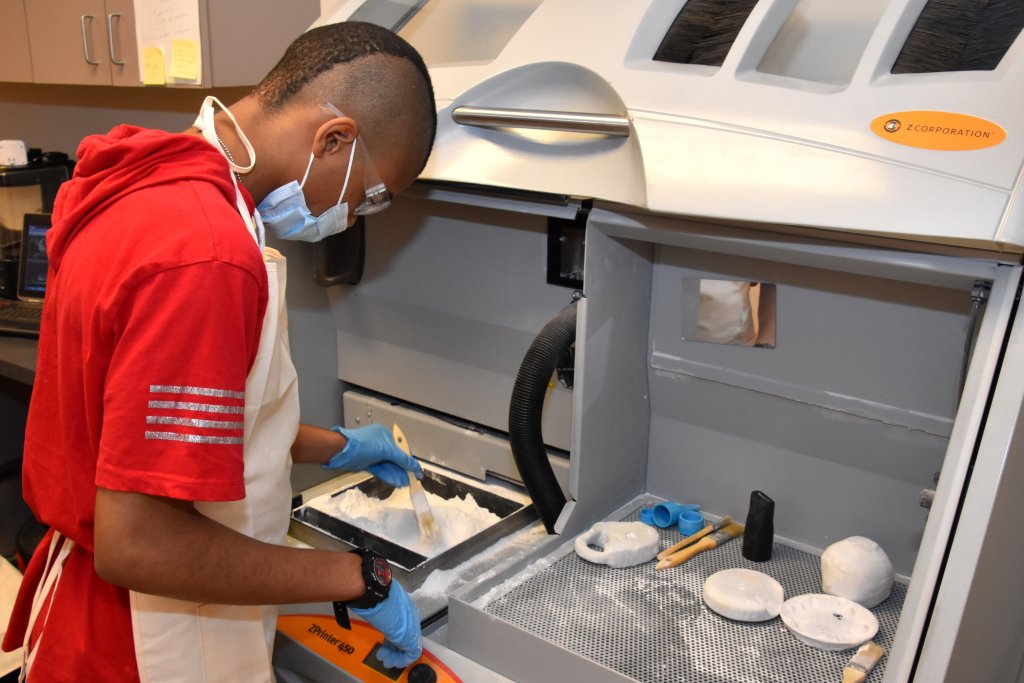
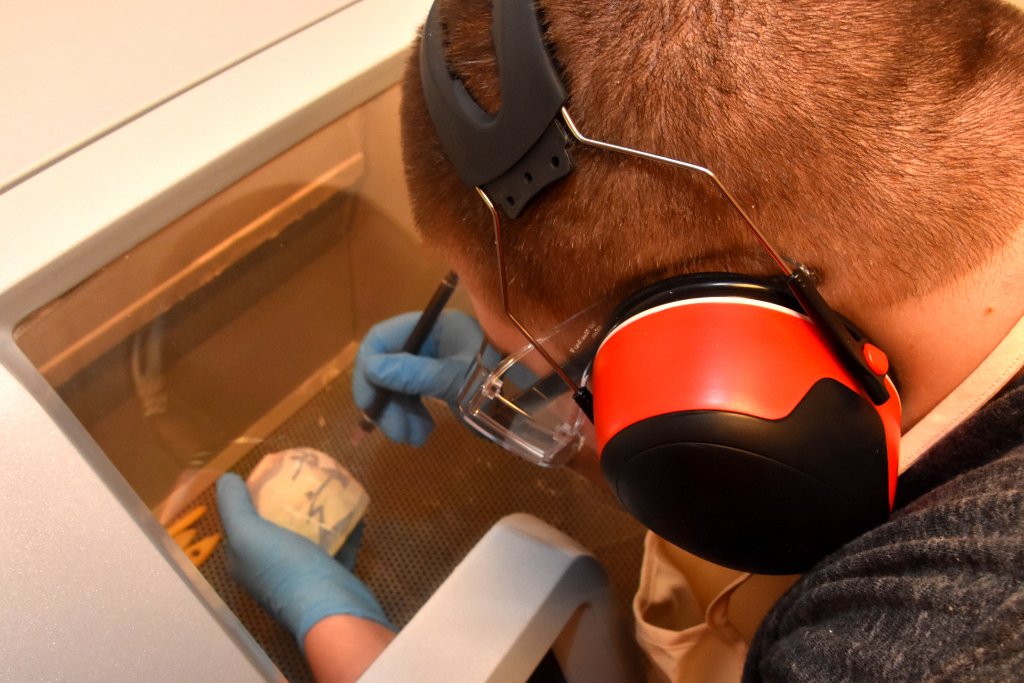
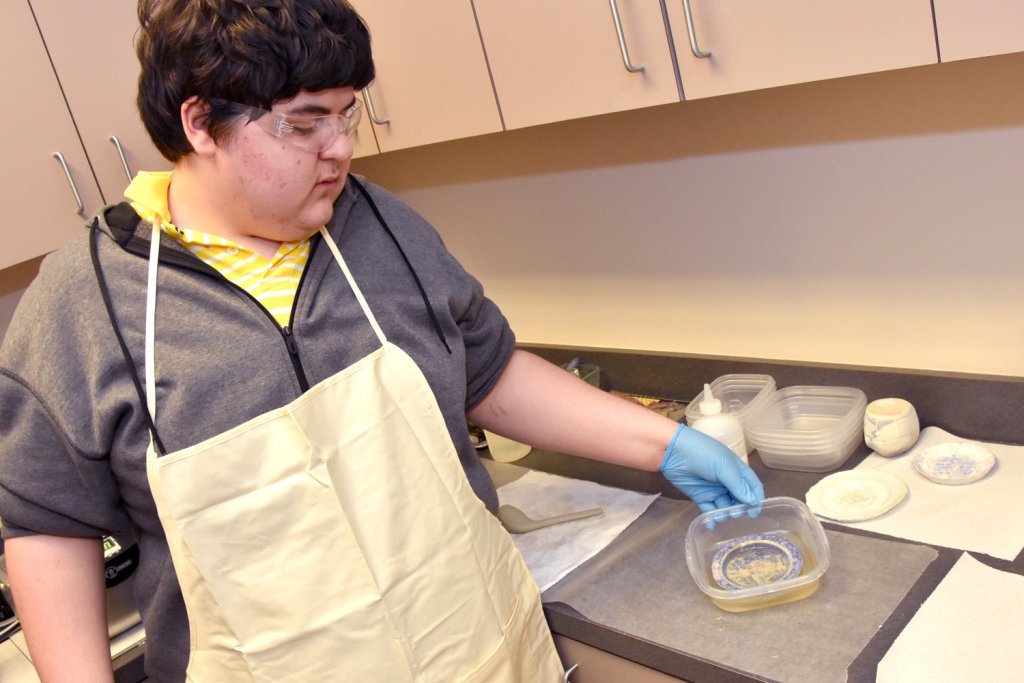
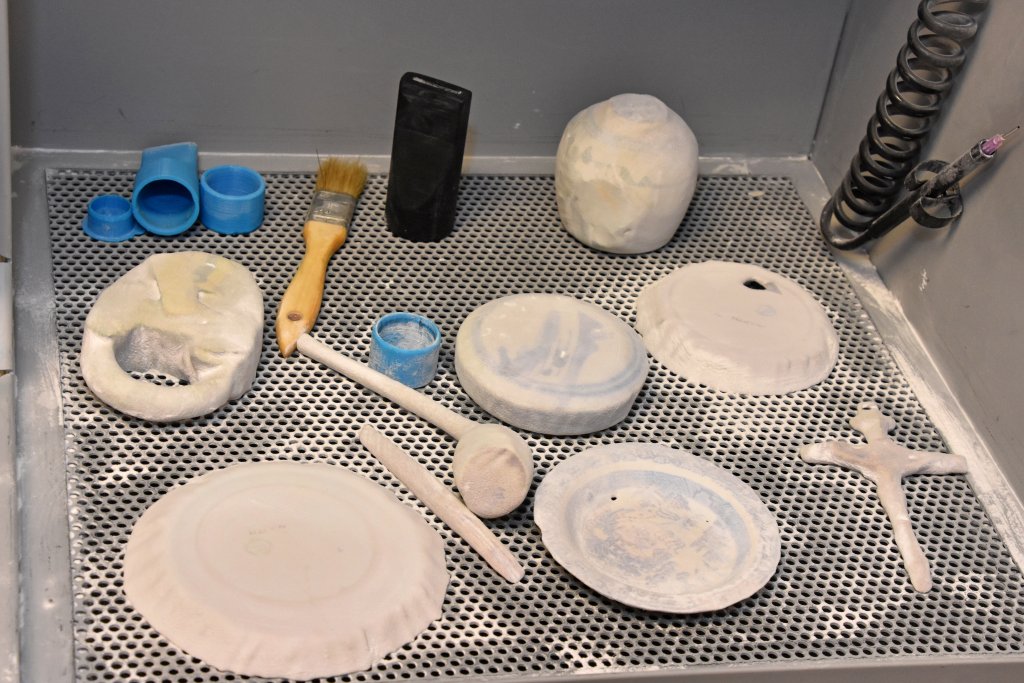
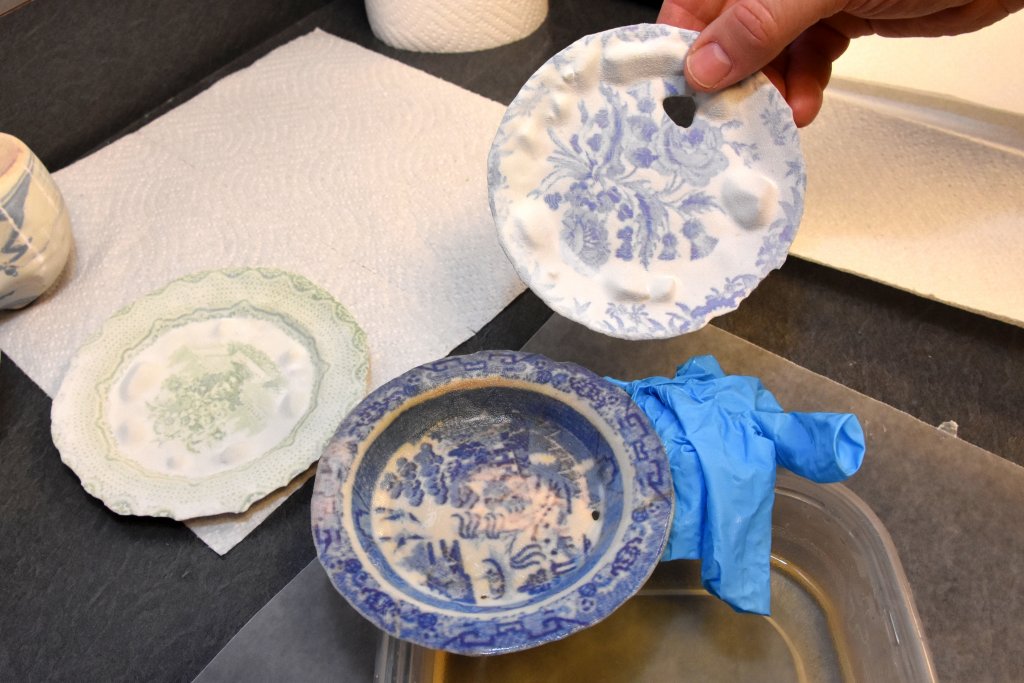
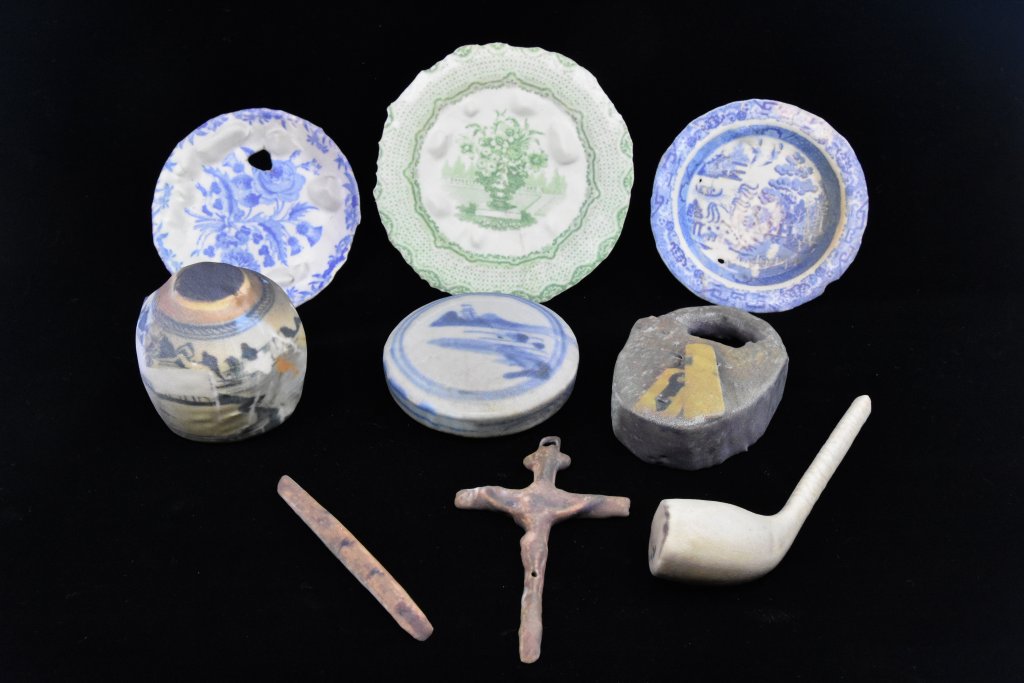
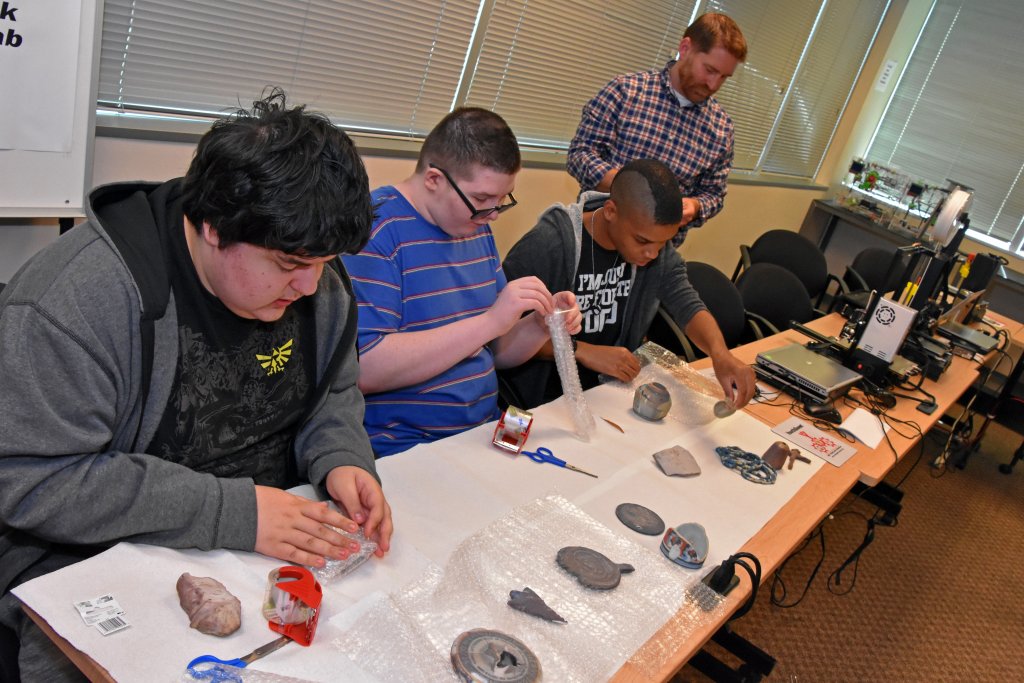
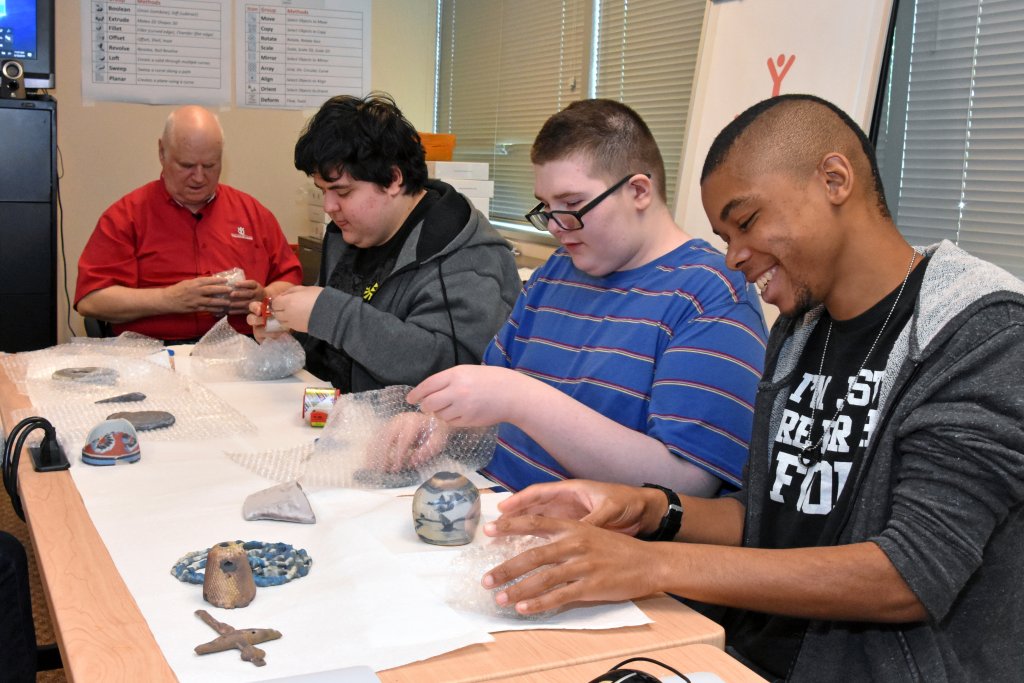
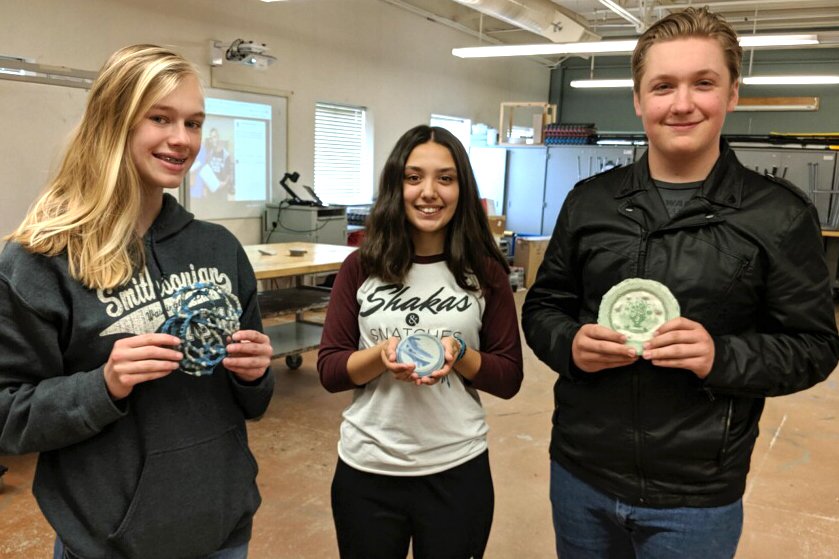
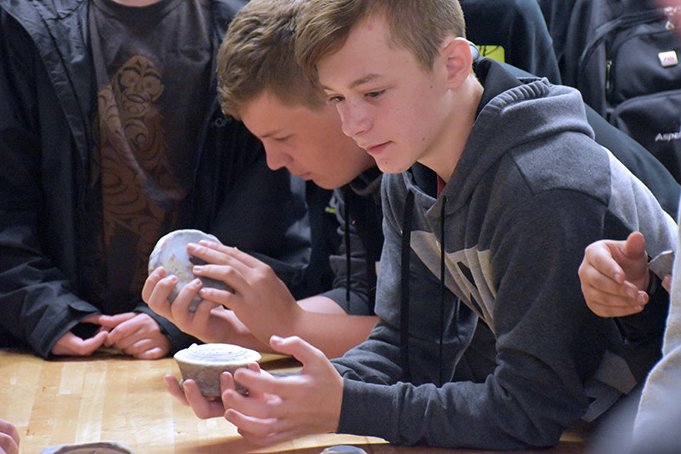
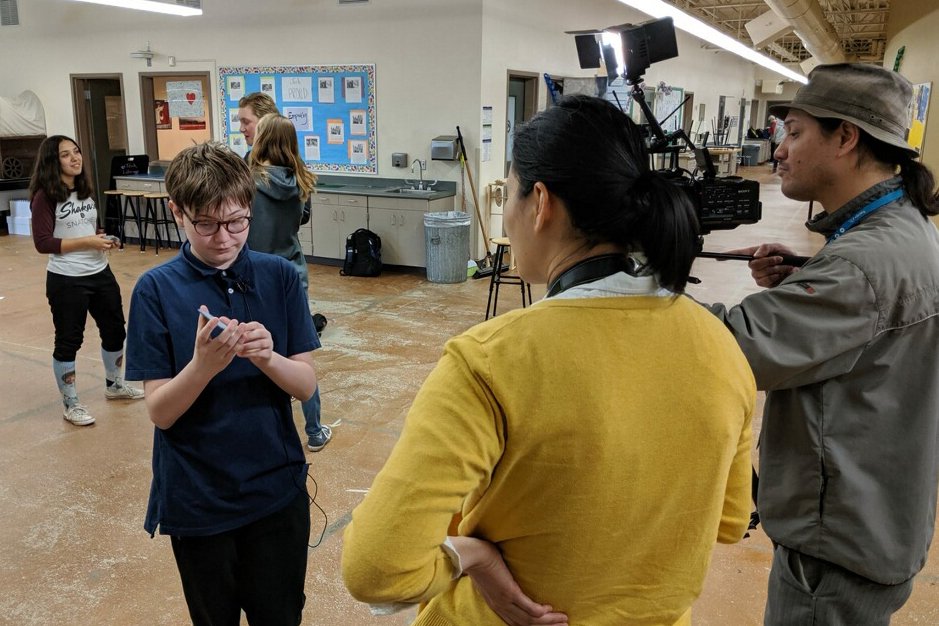
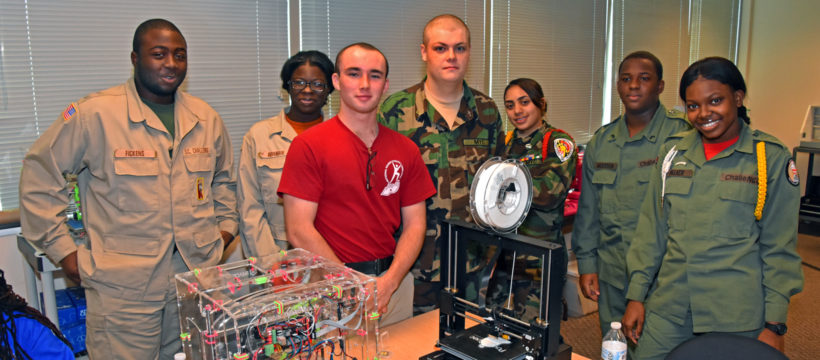
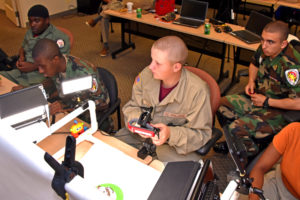
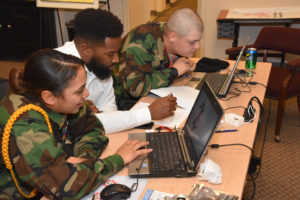
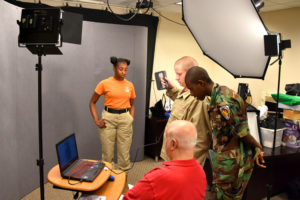
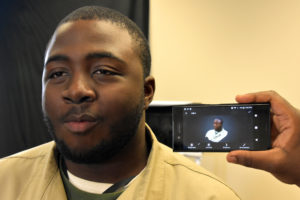
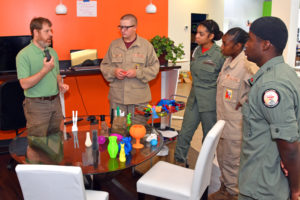
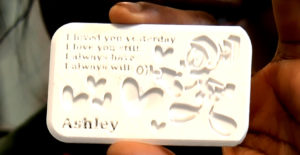 Then she read her poem:
Then she read her poem: